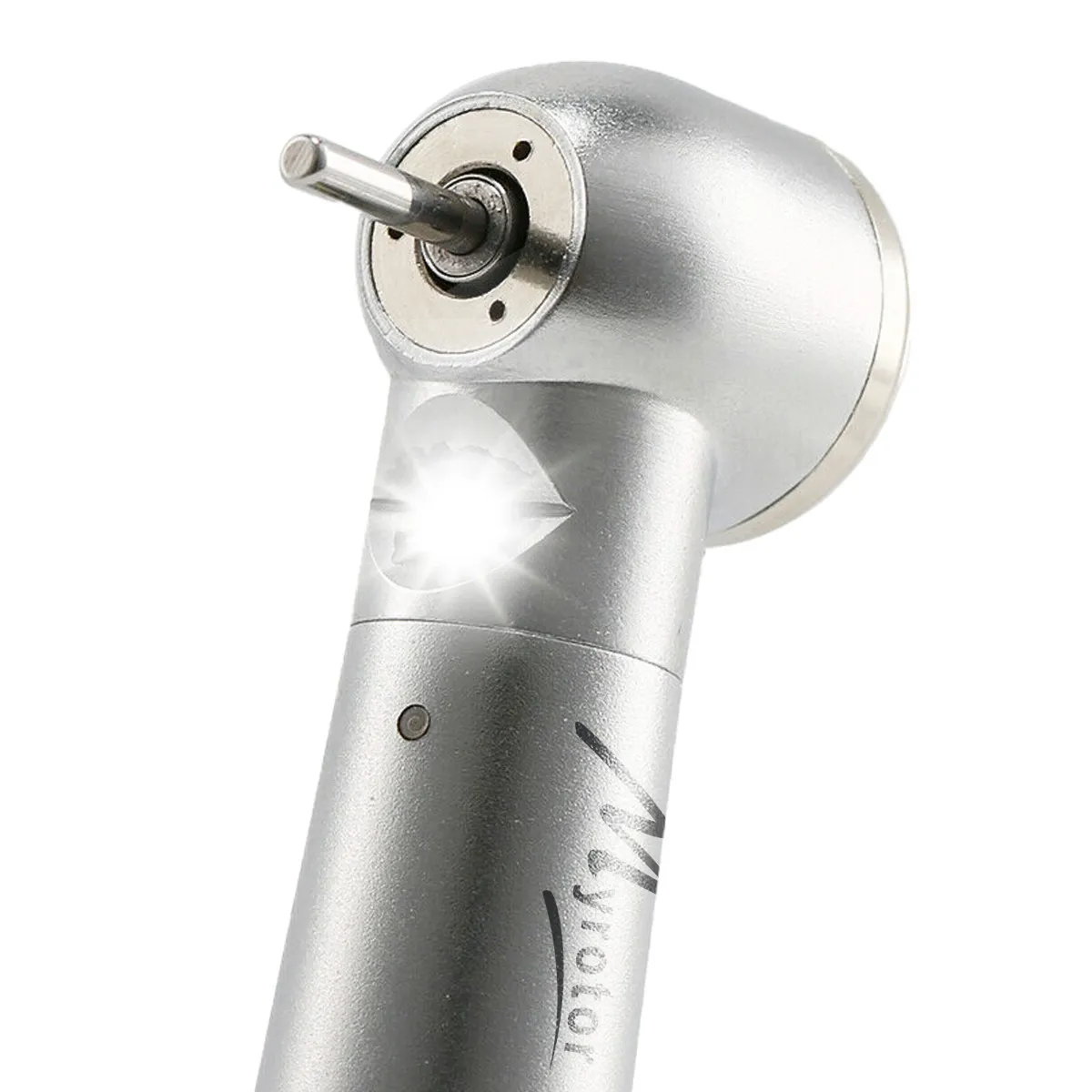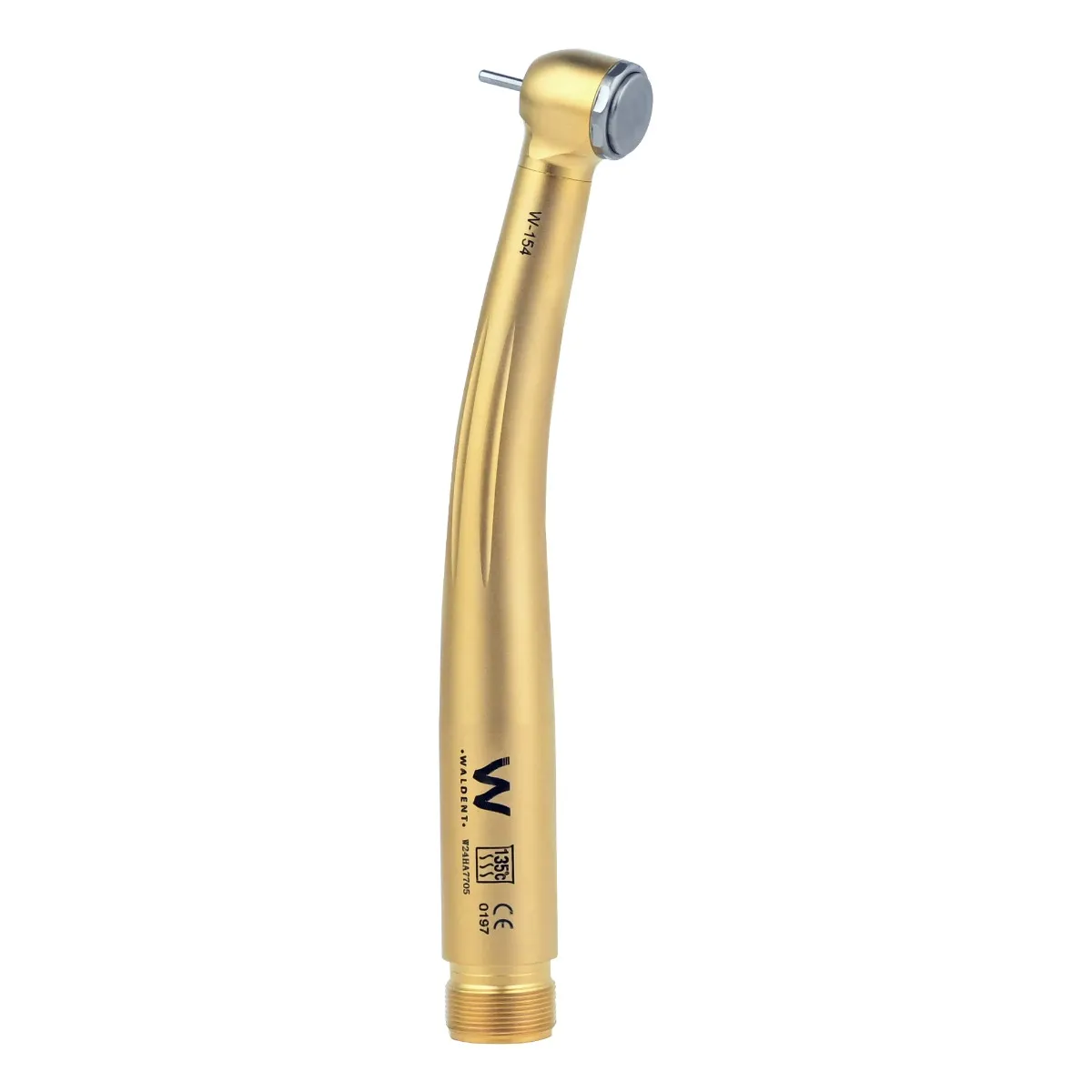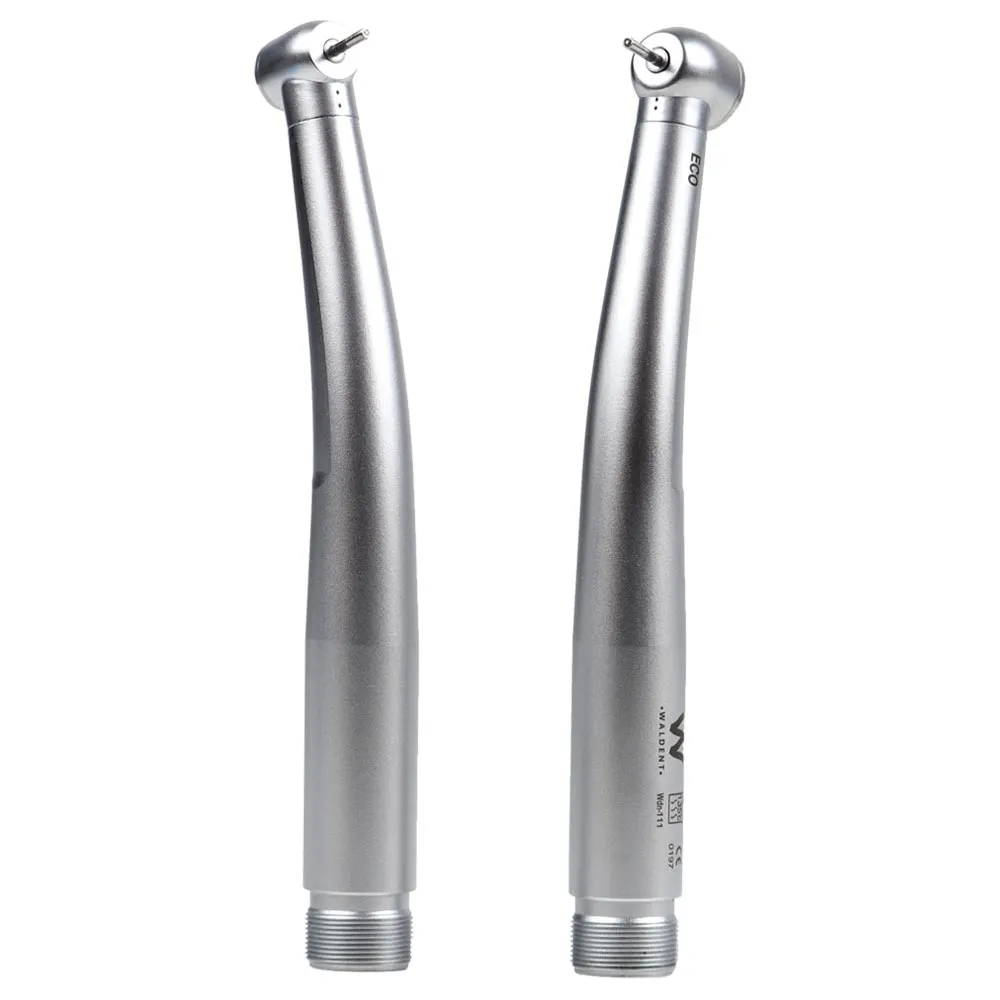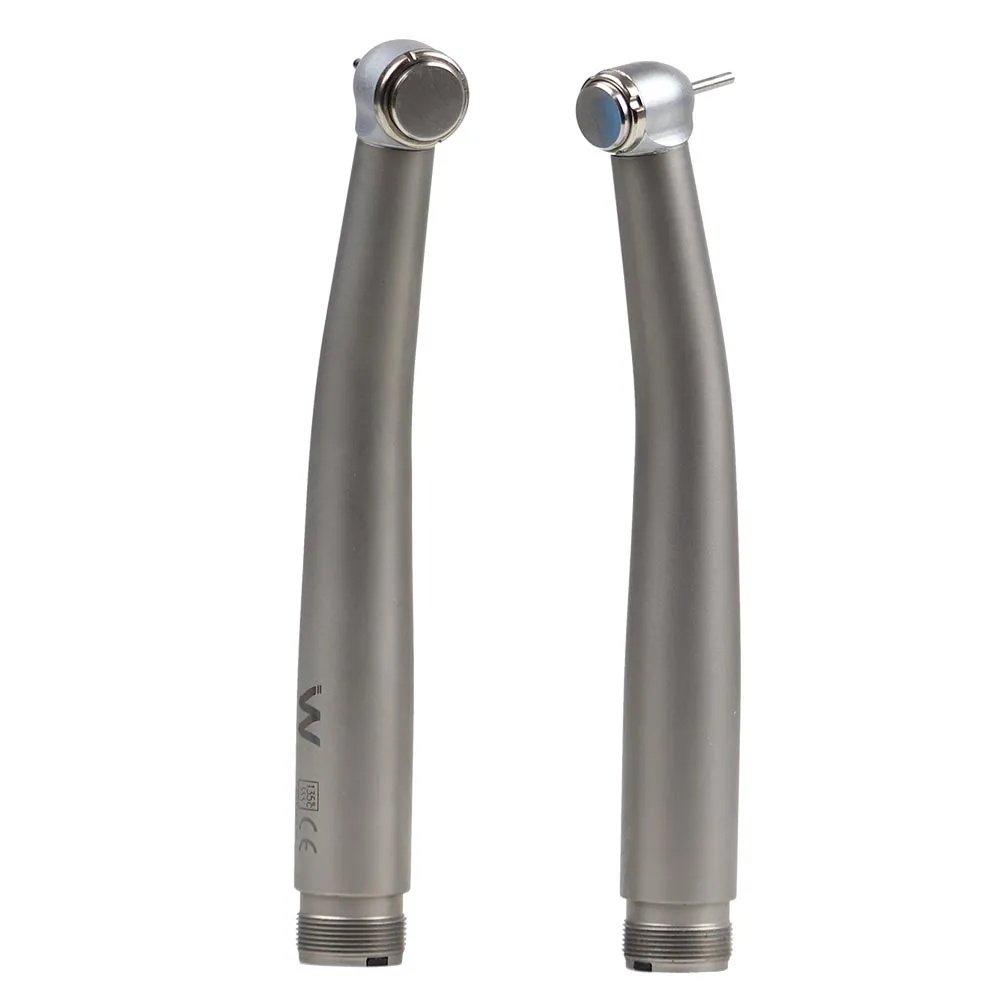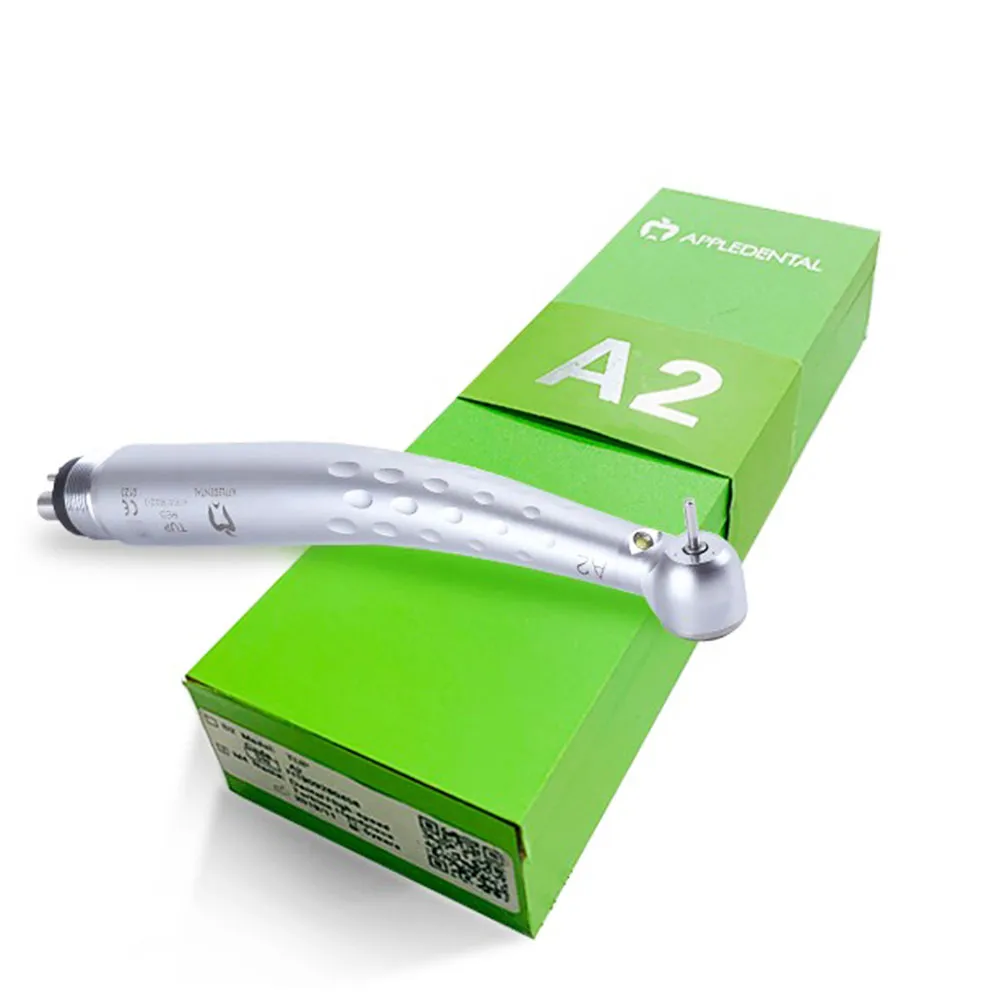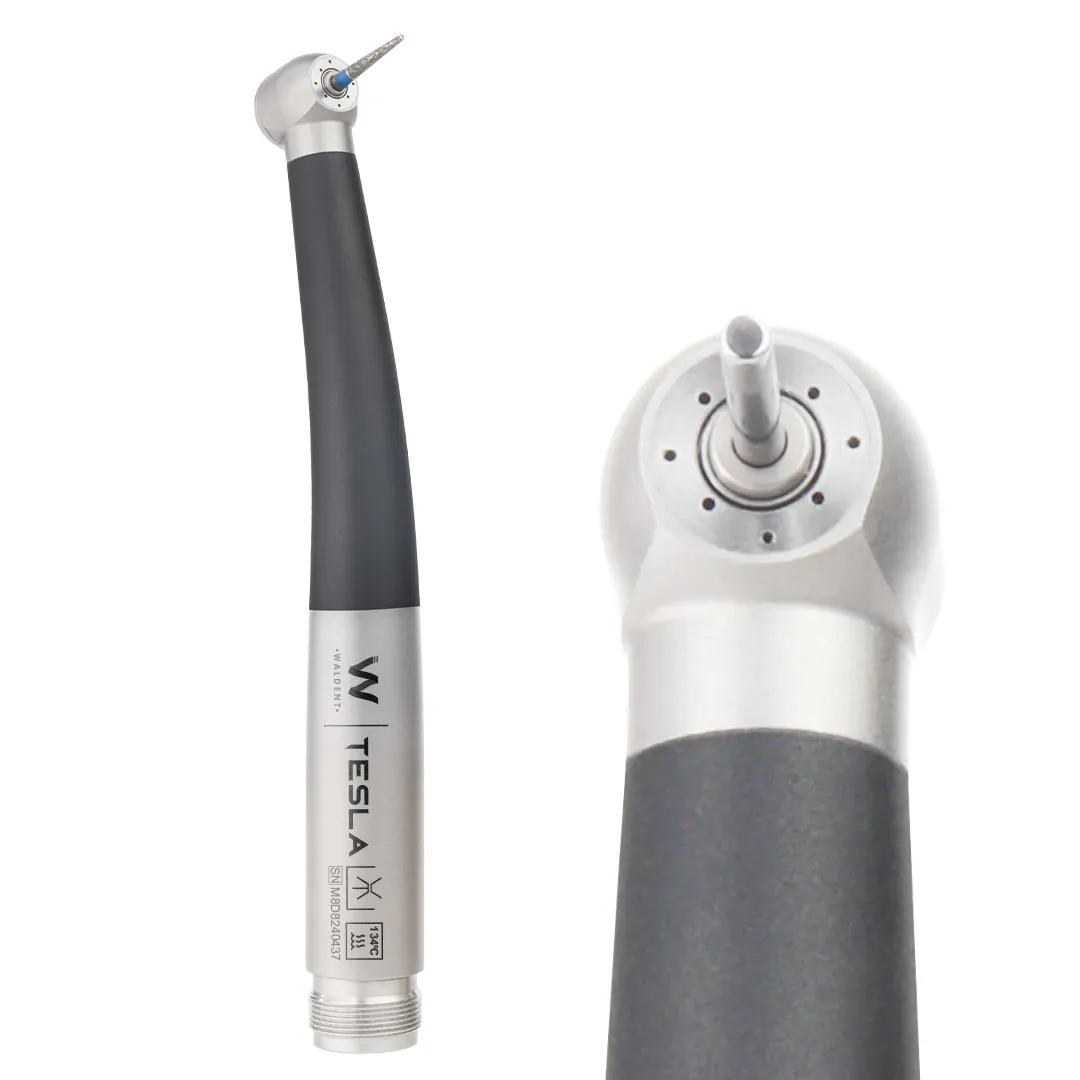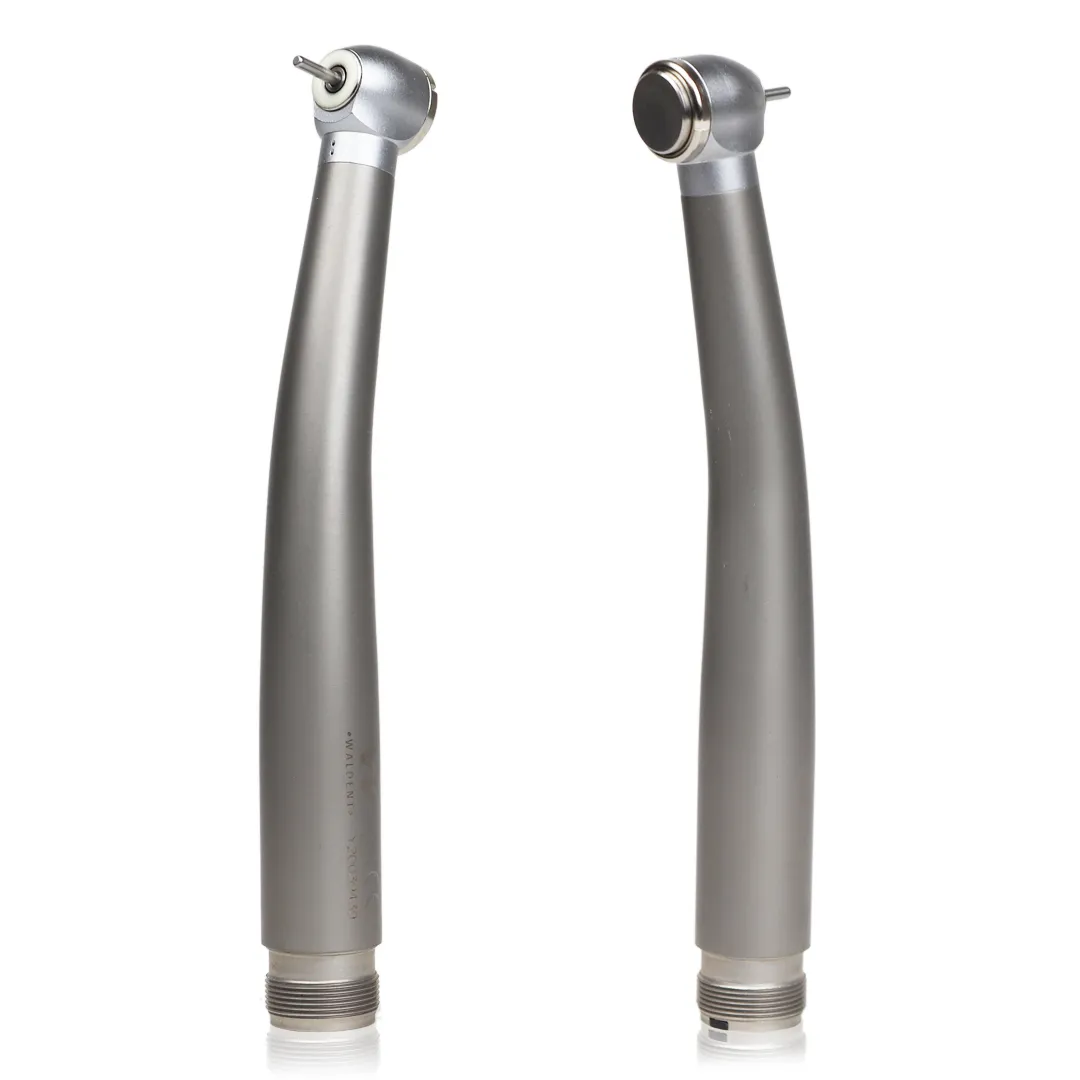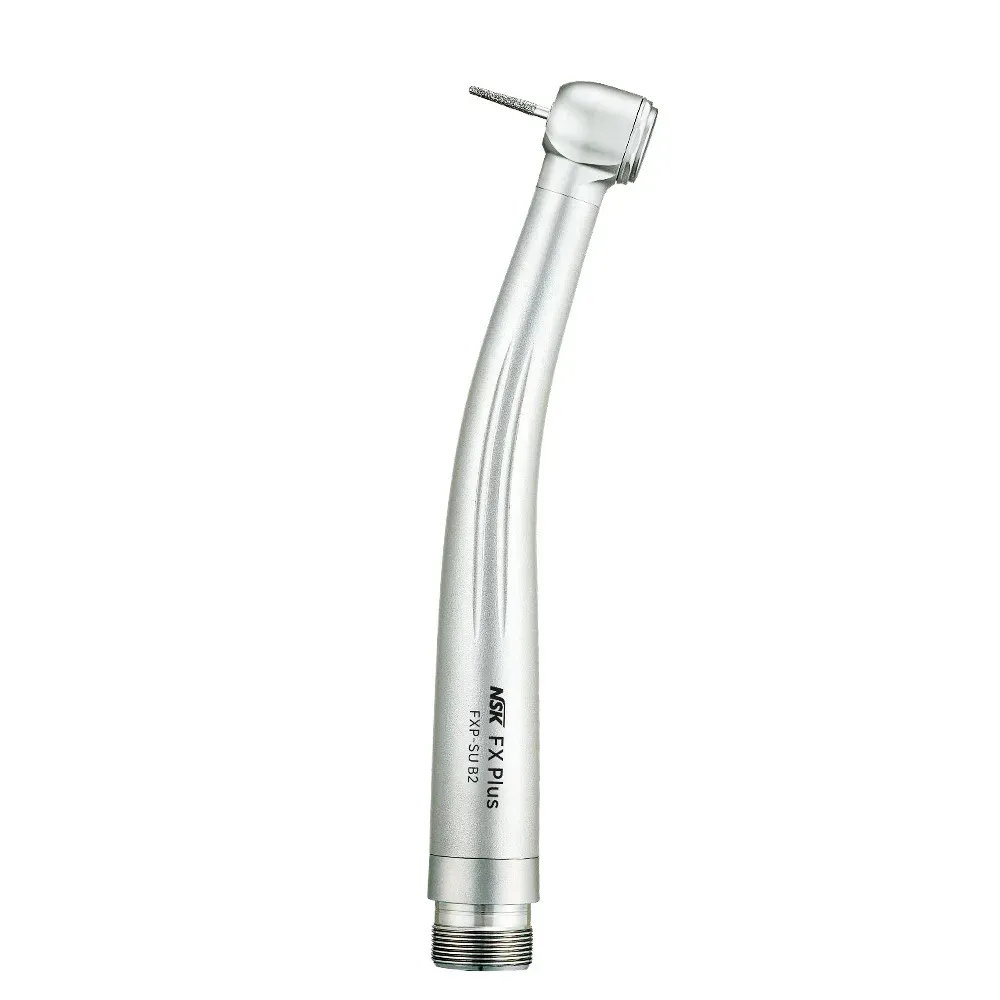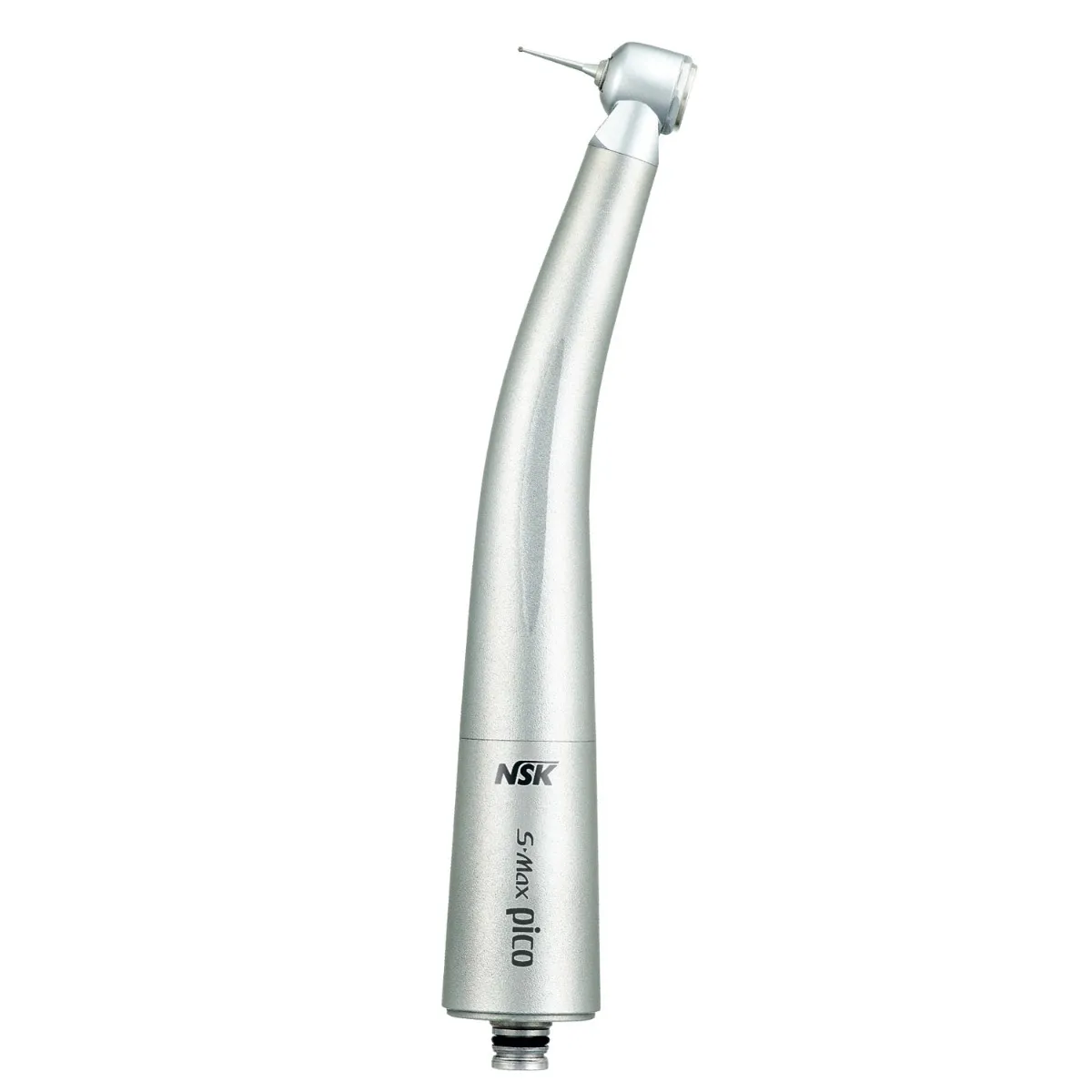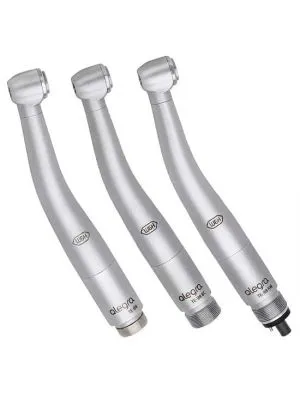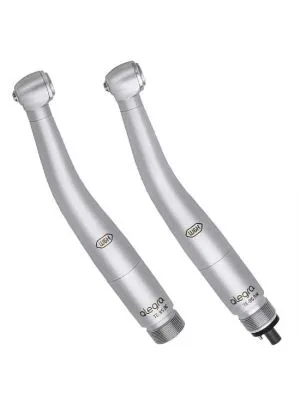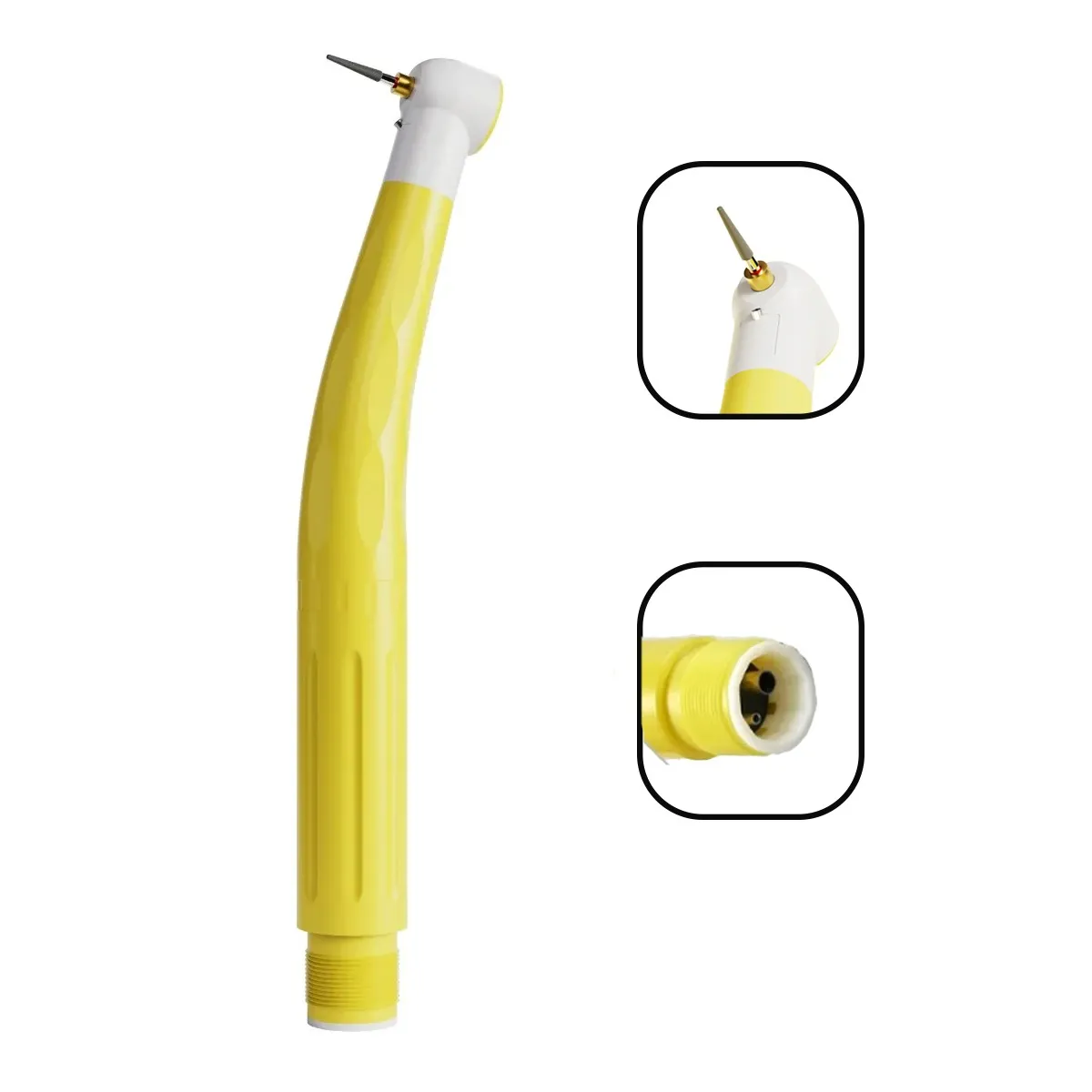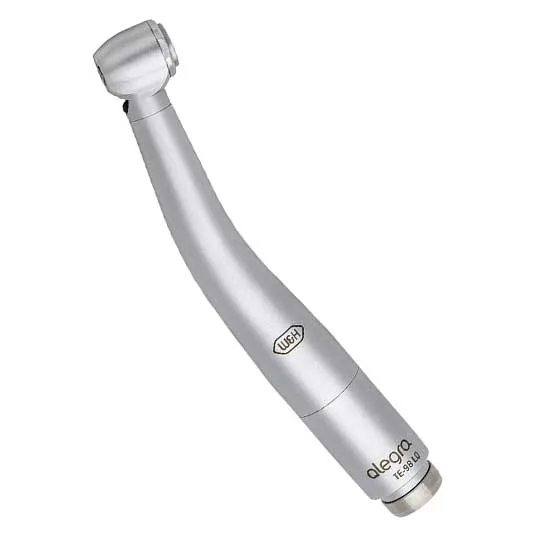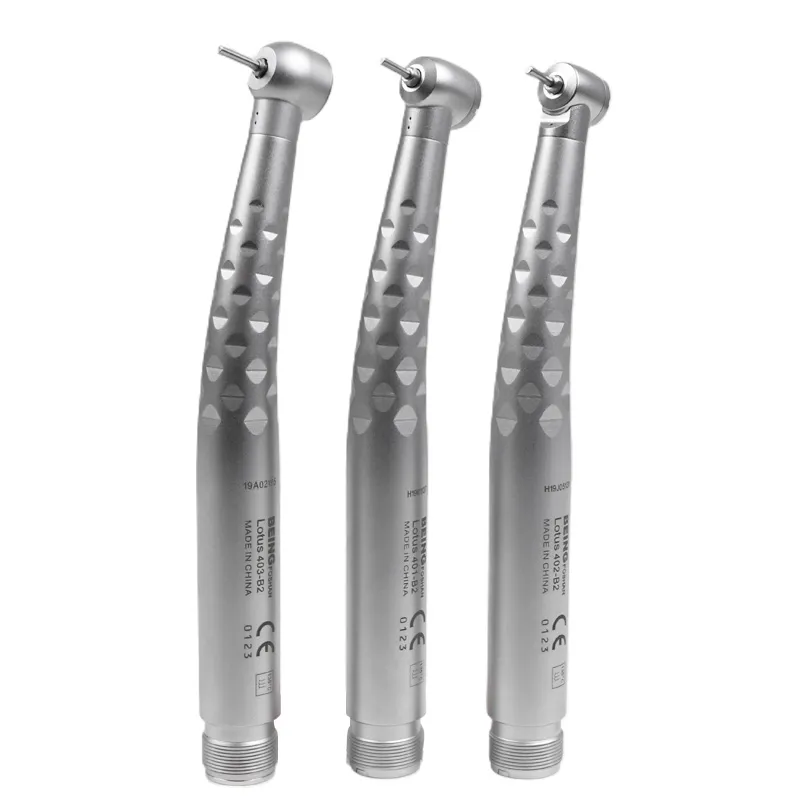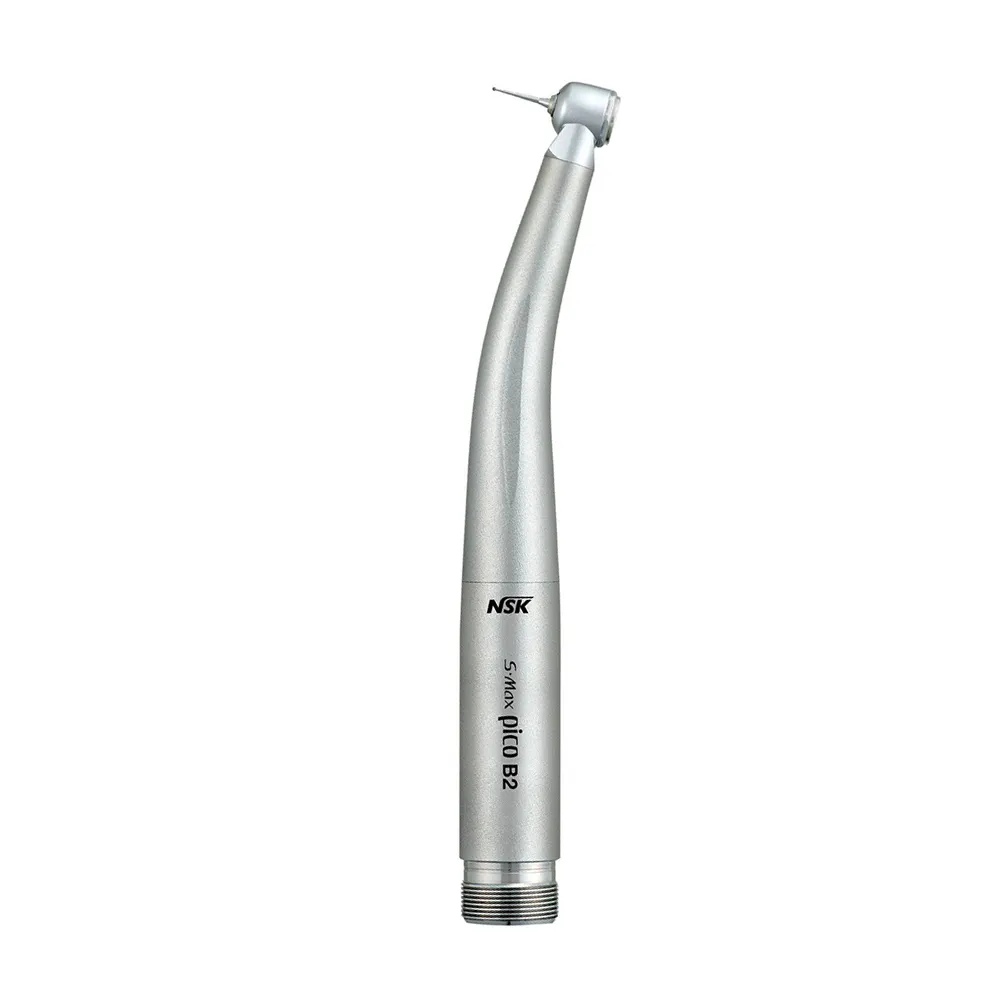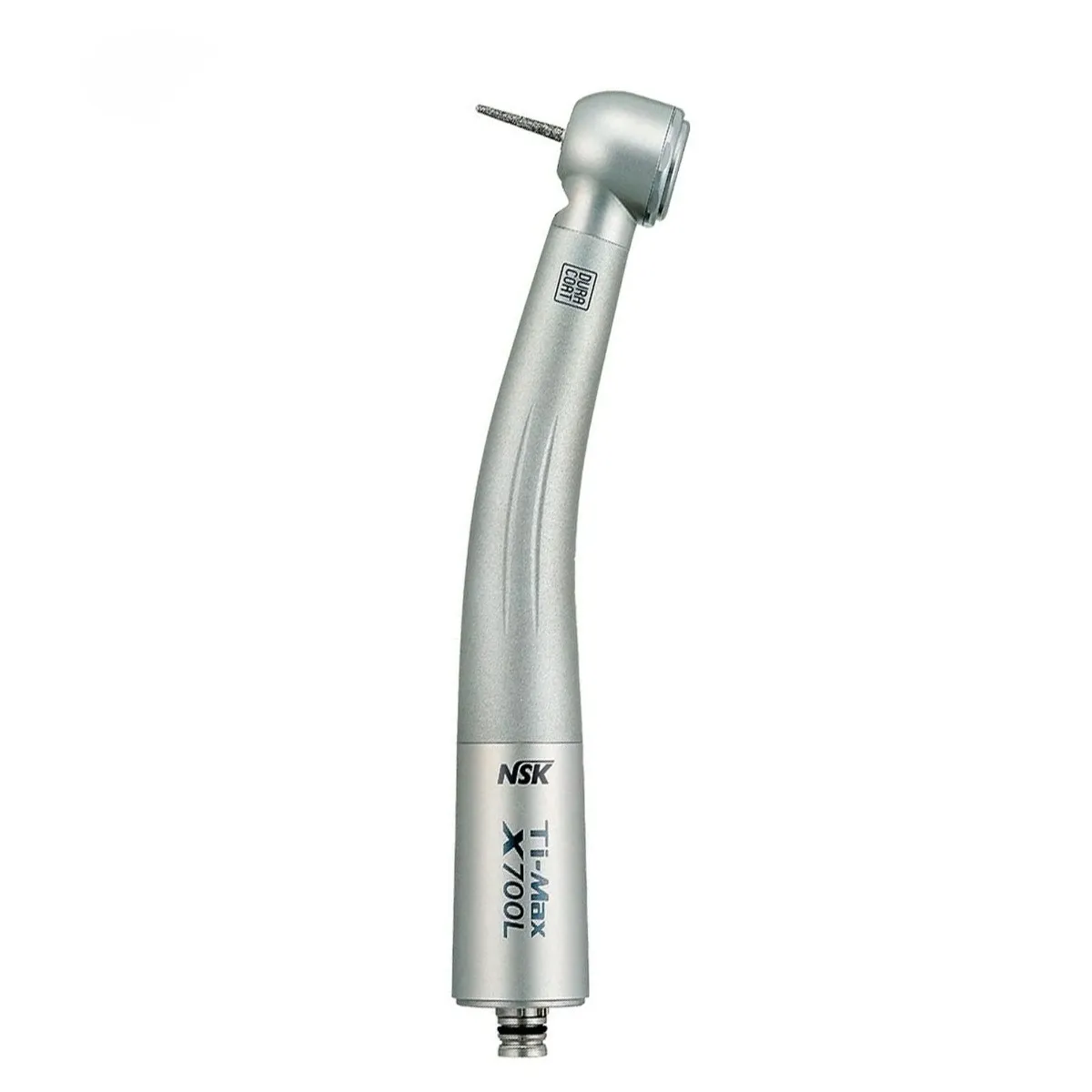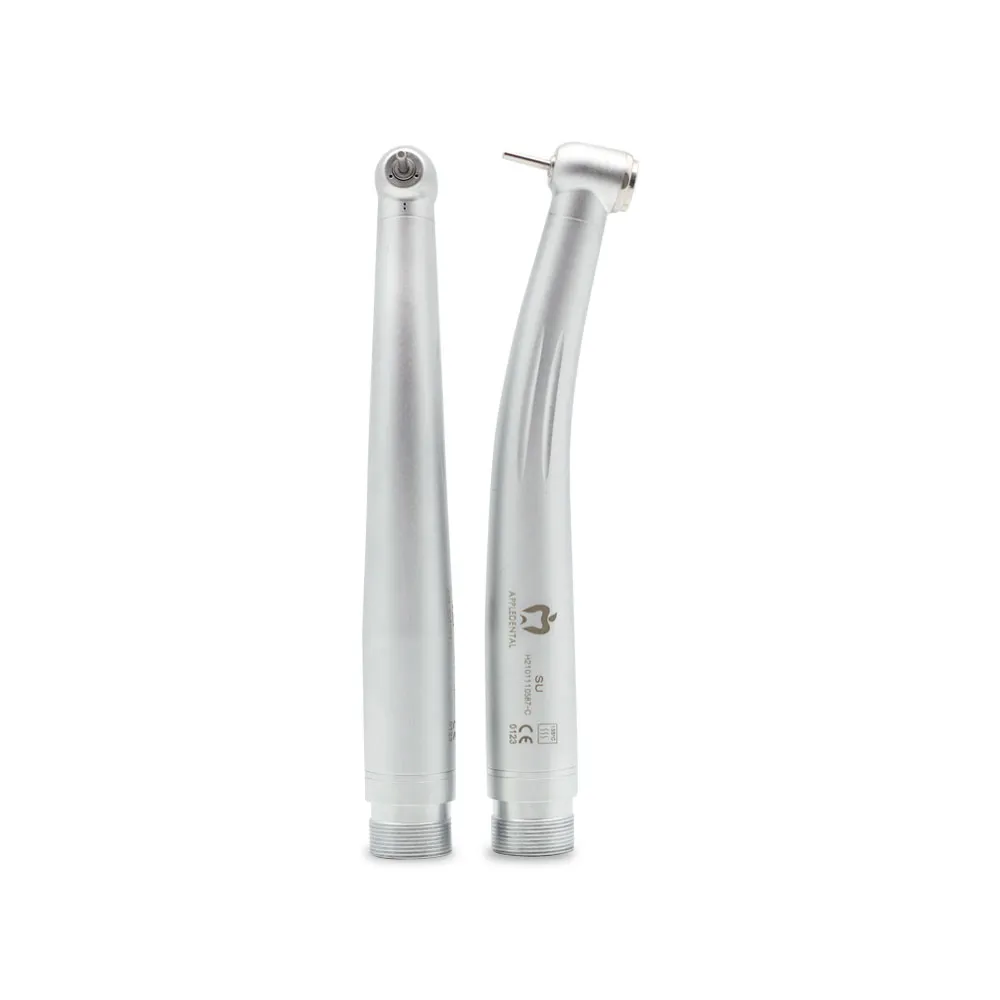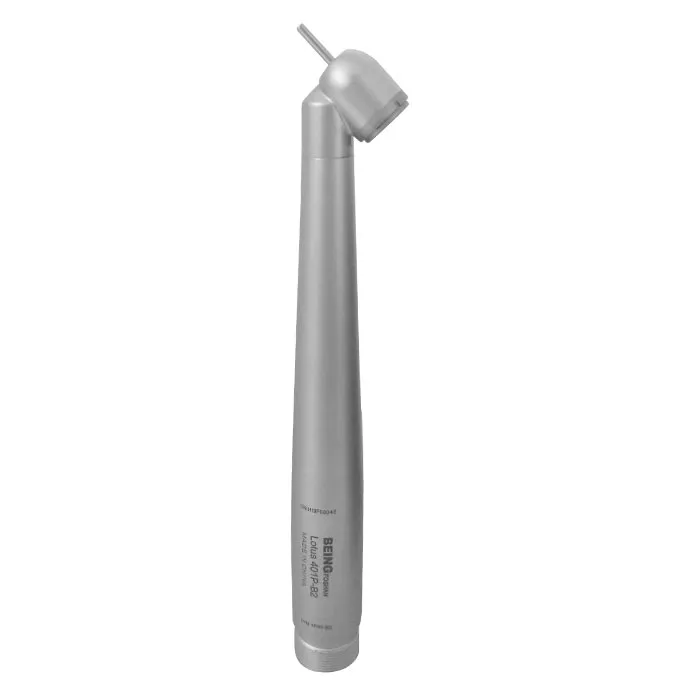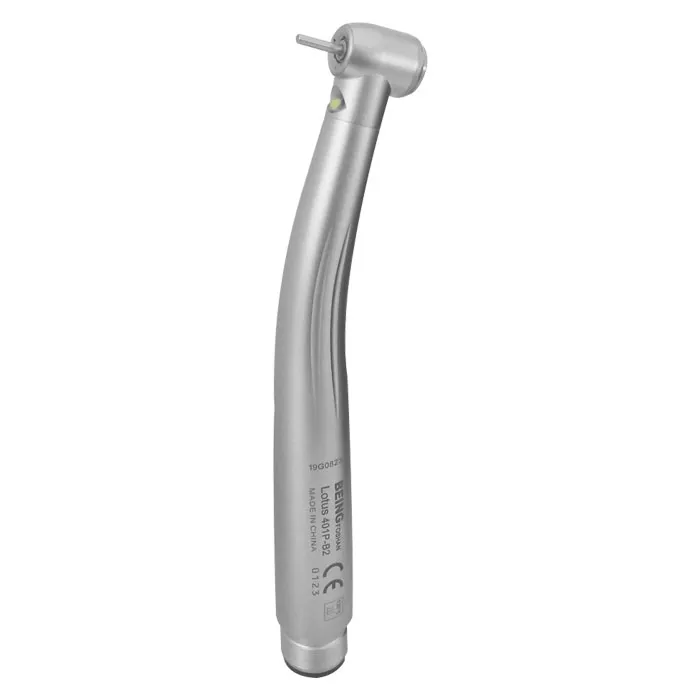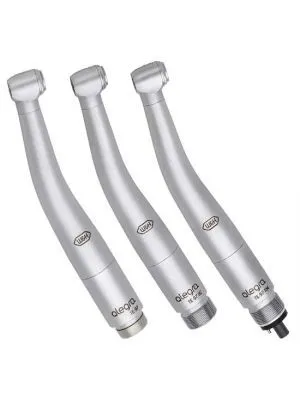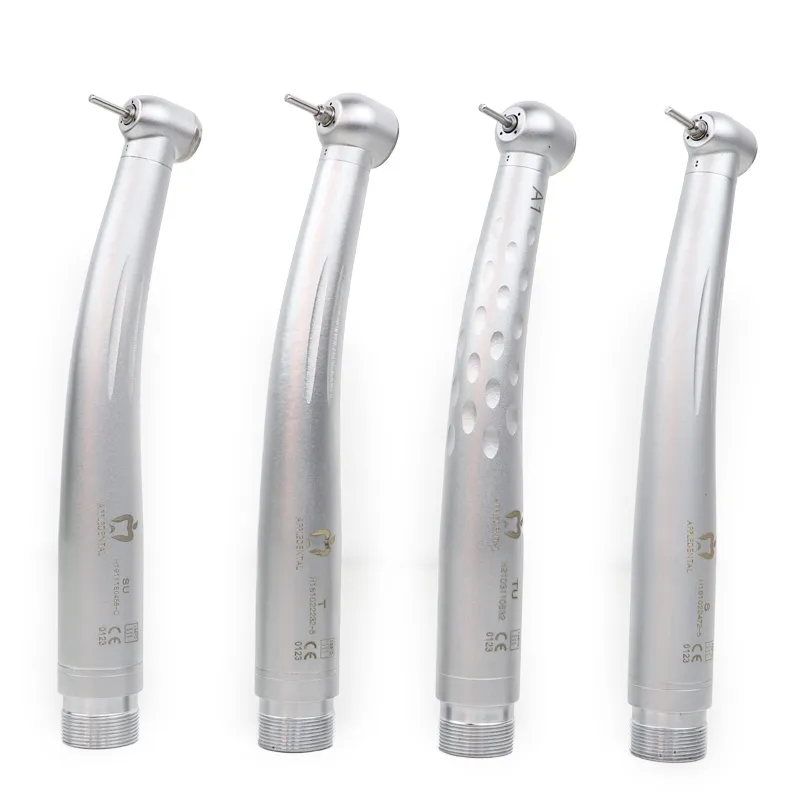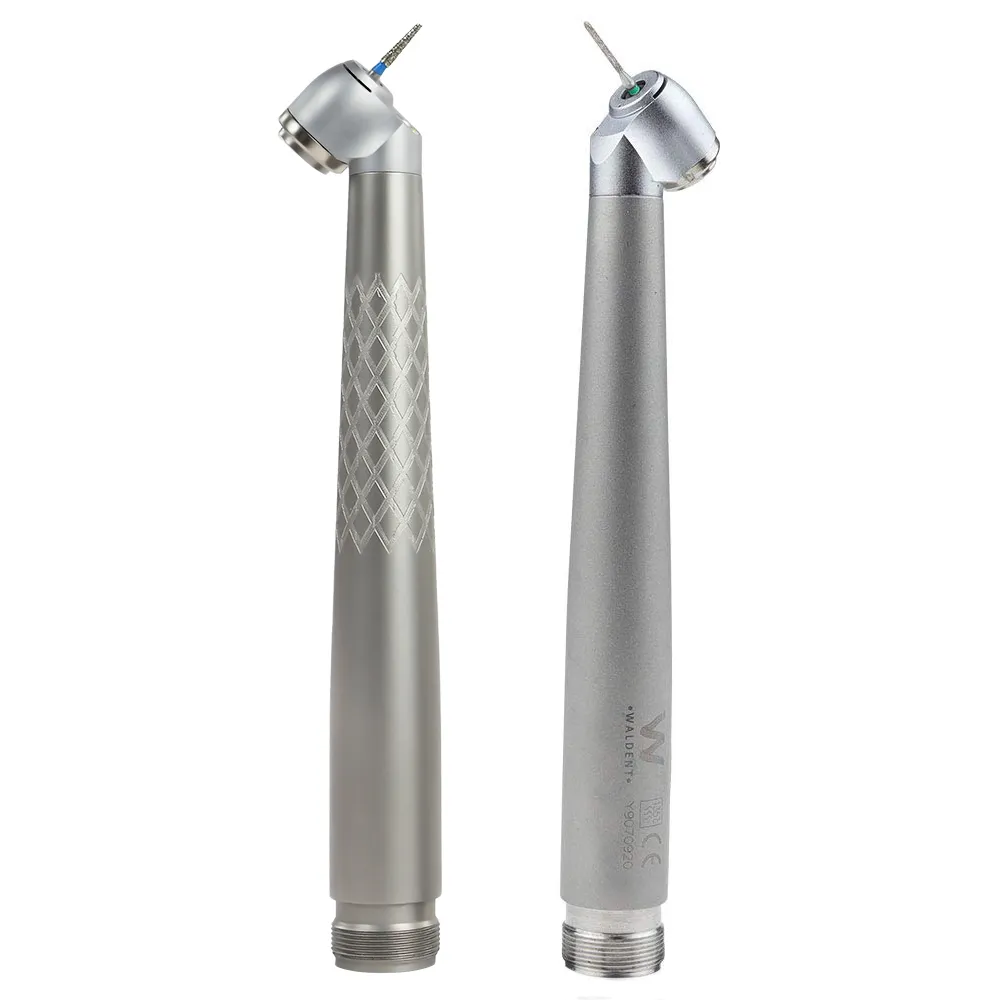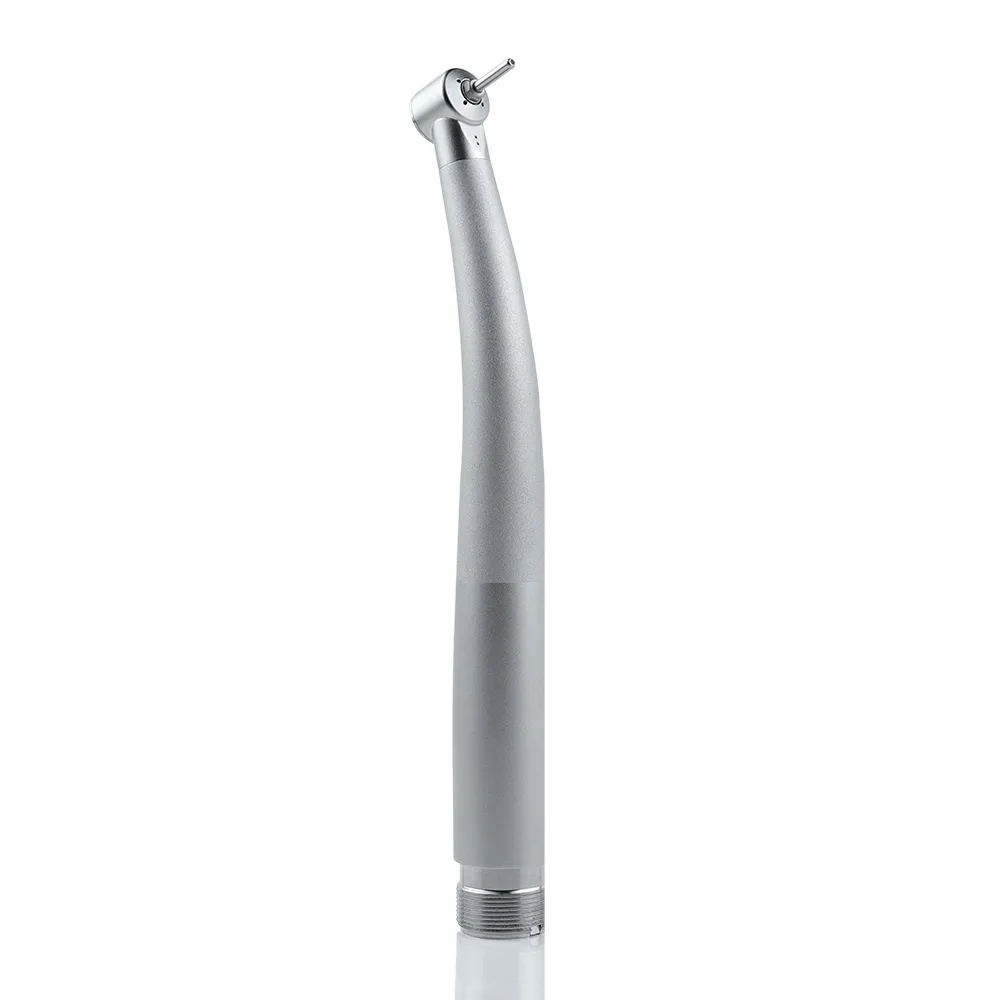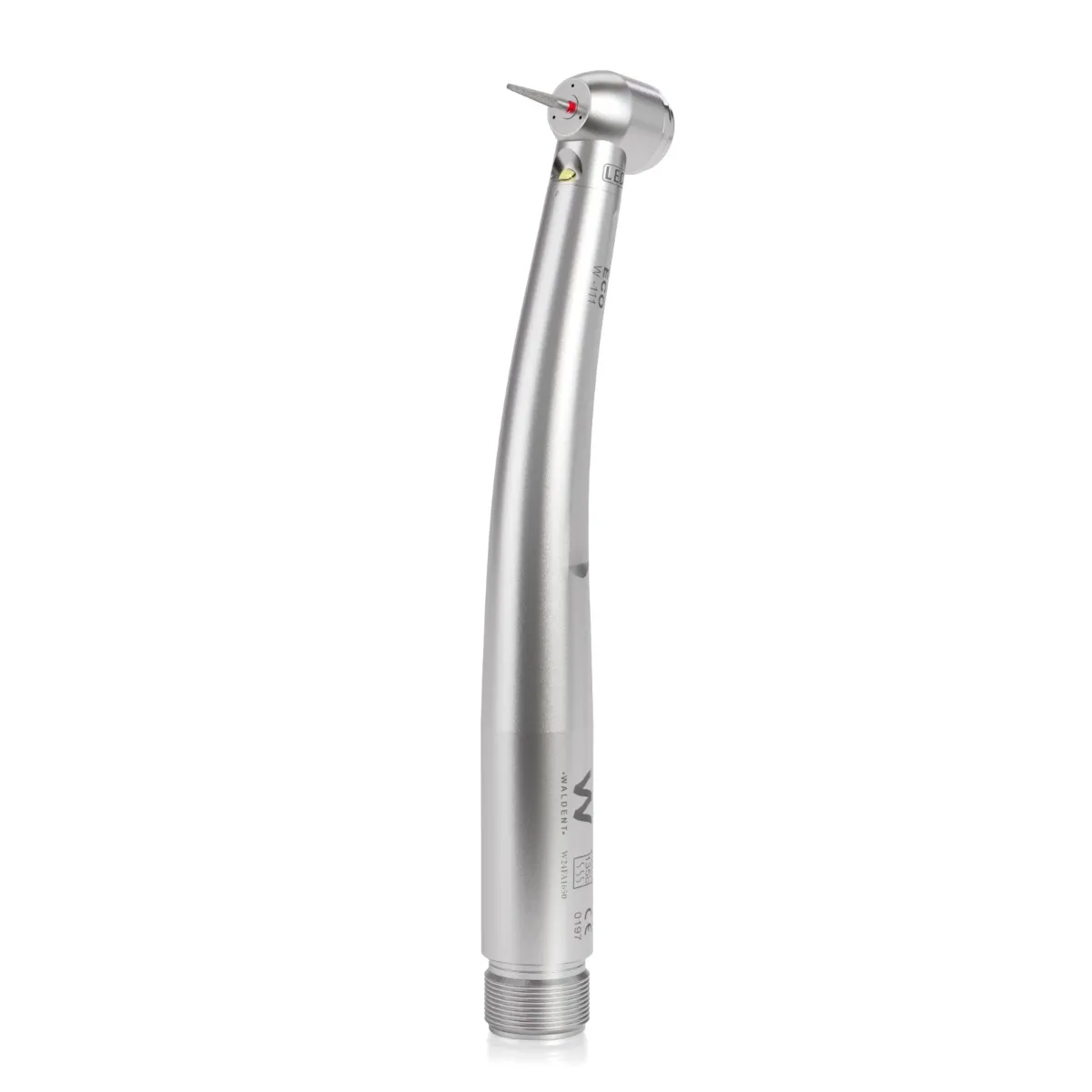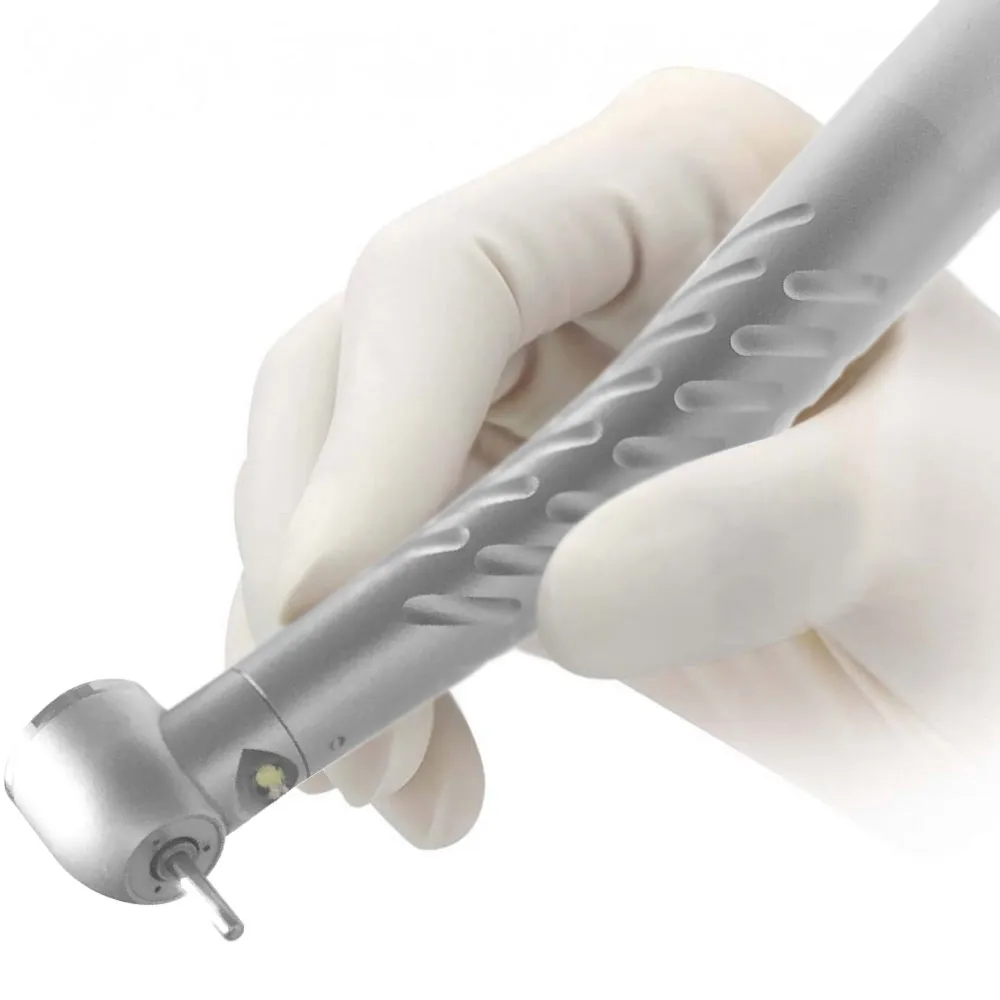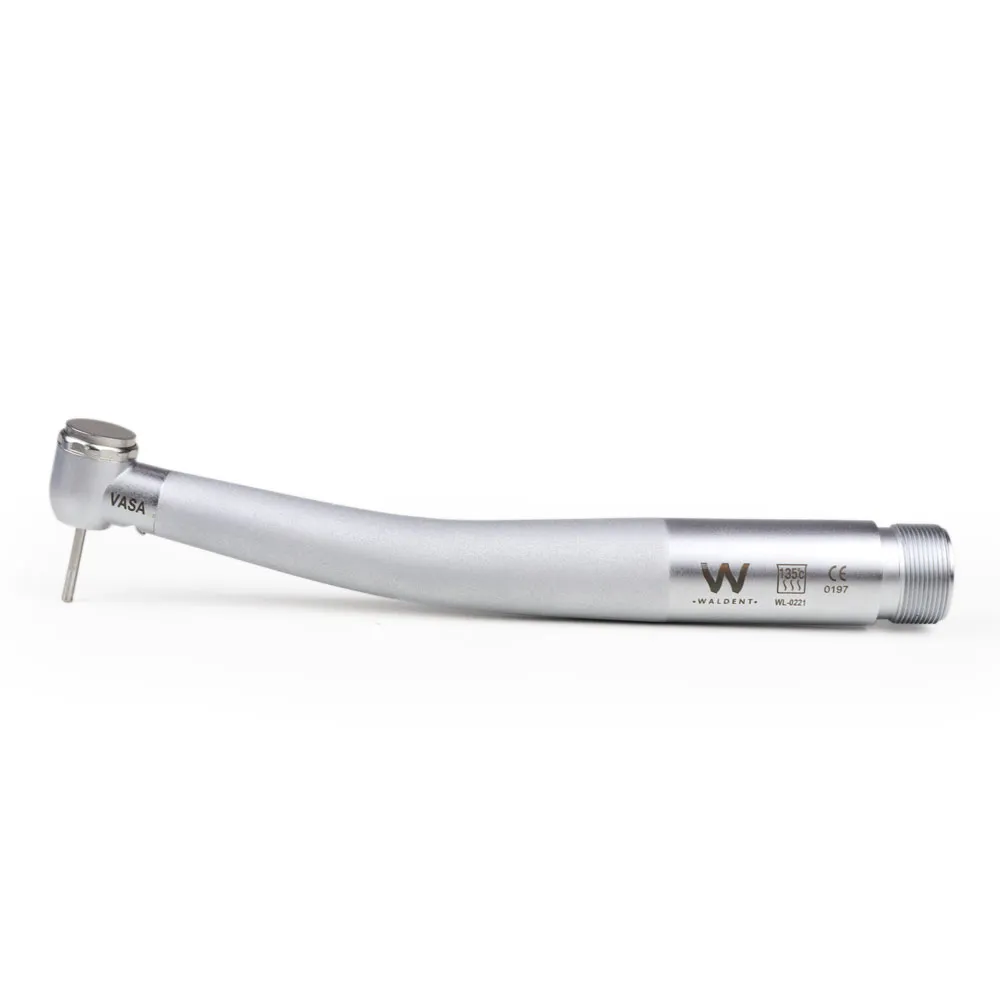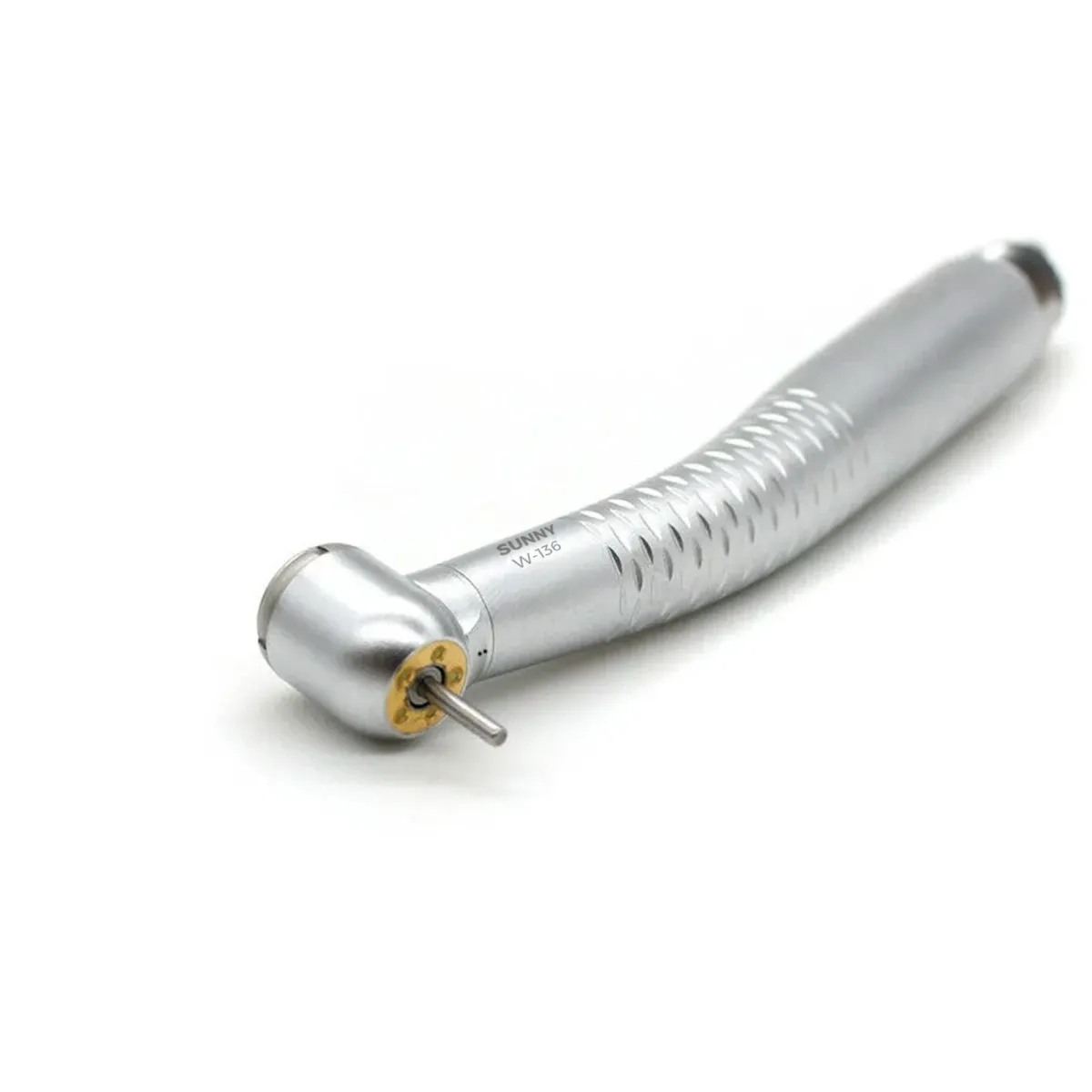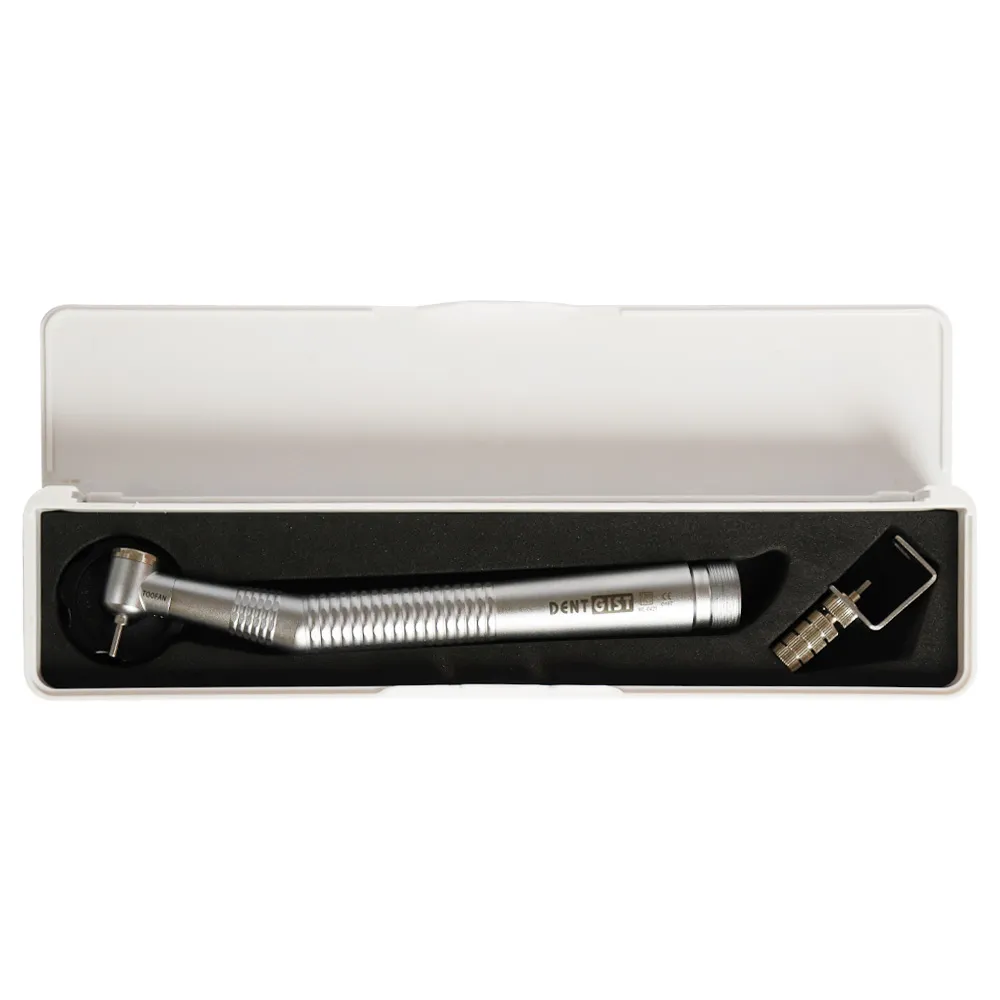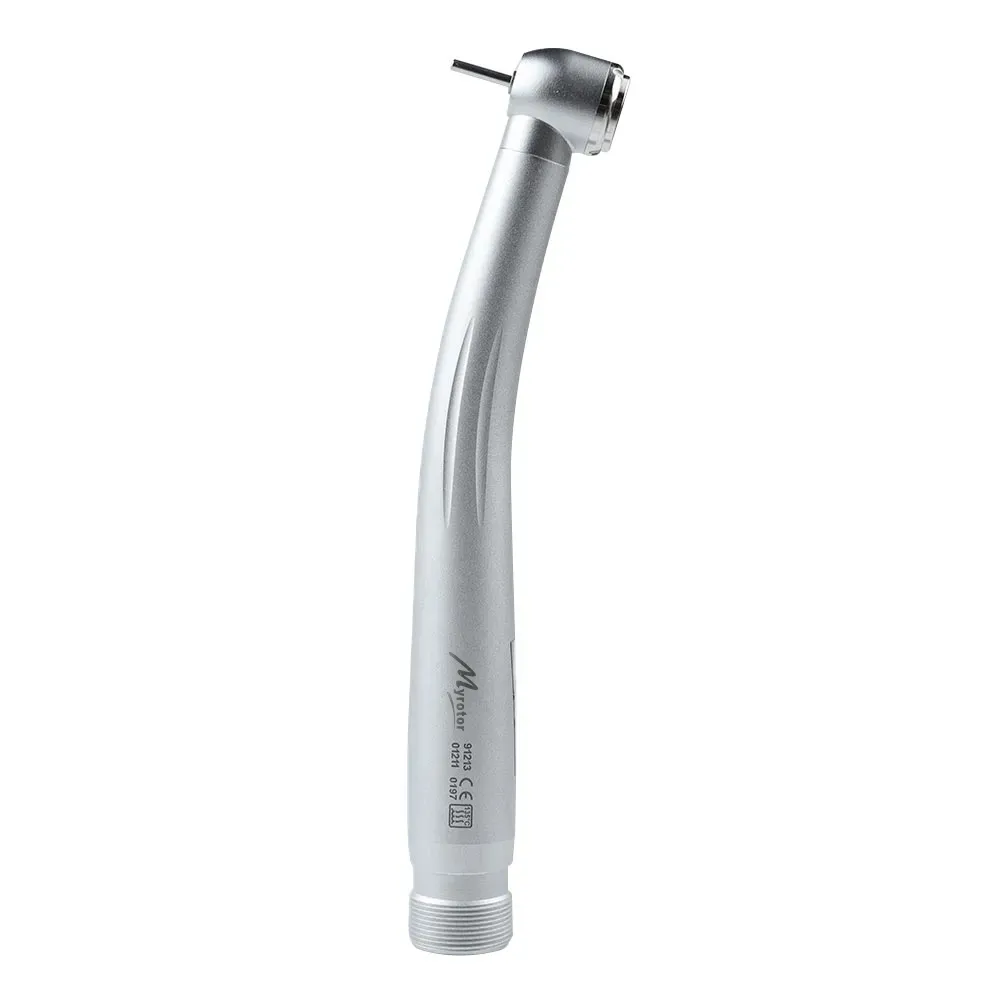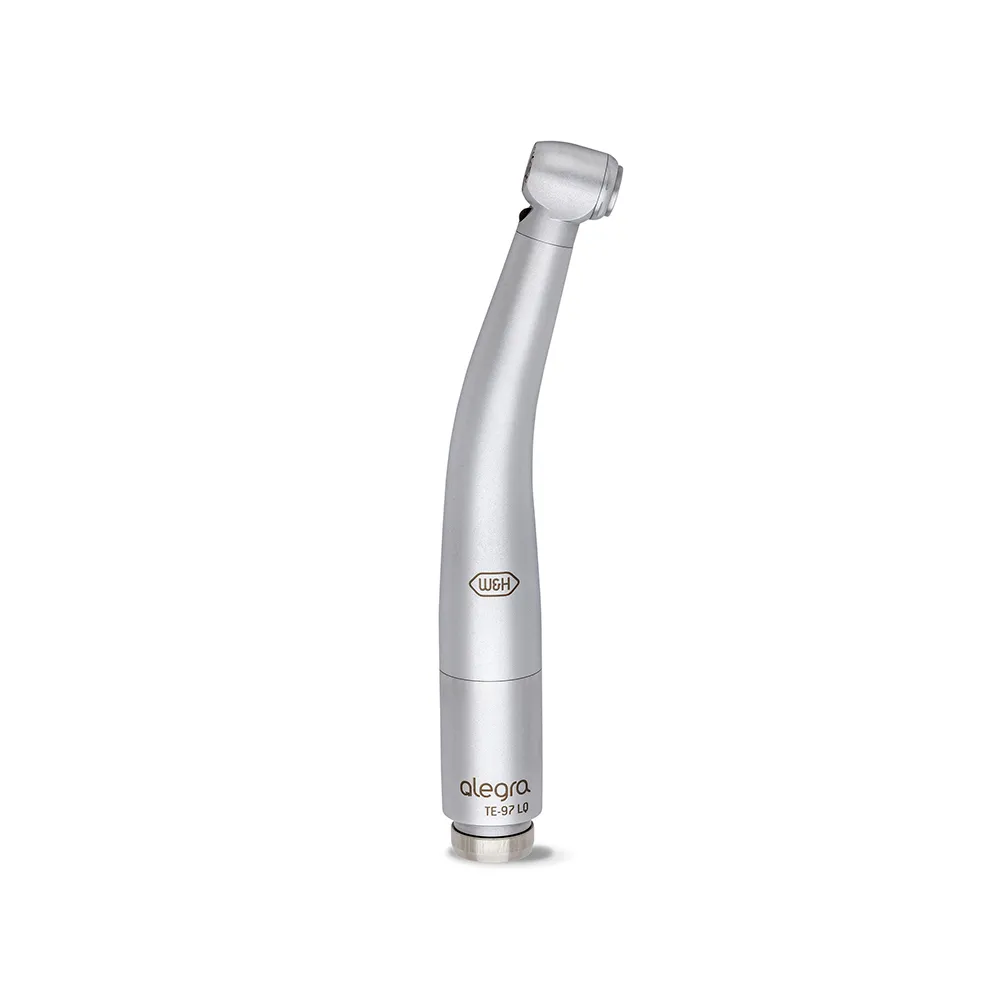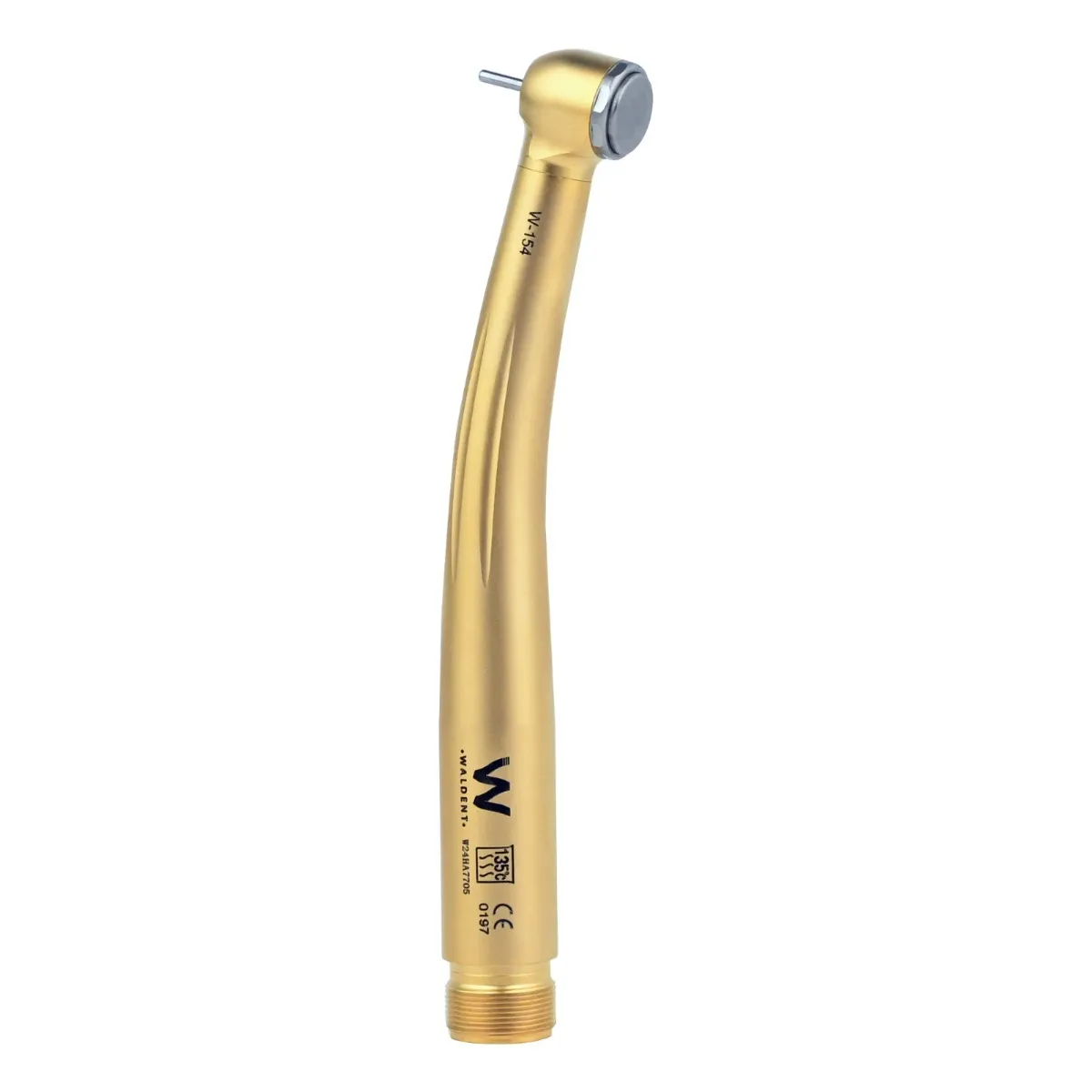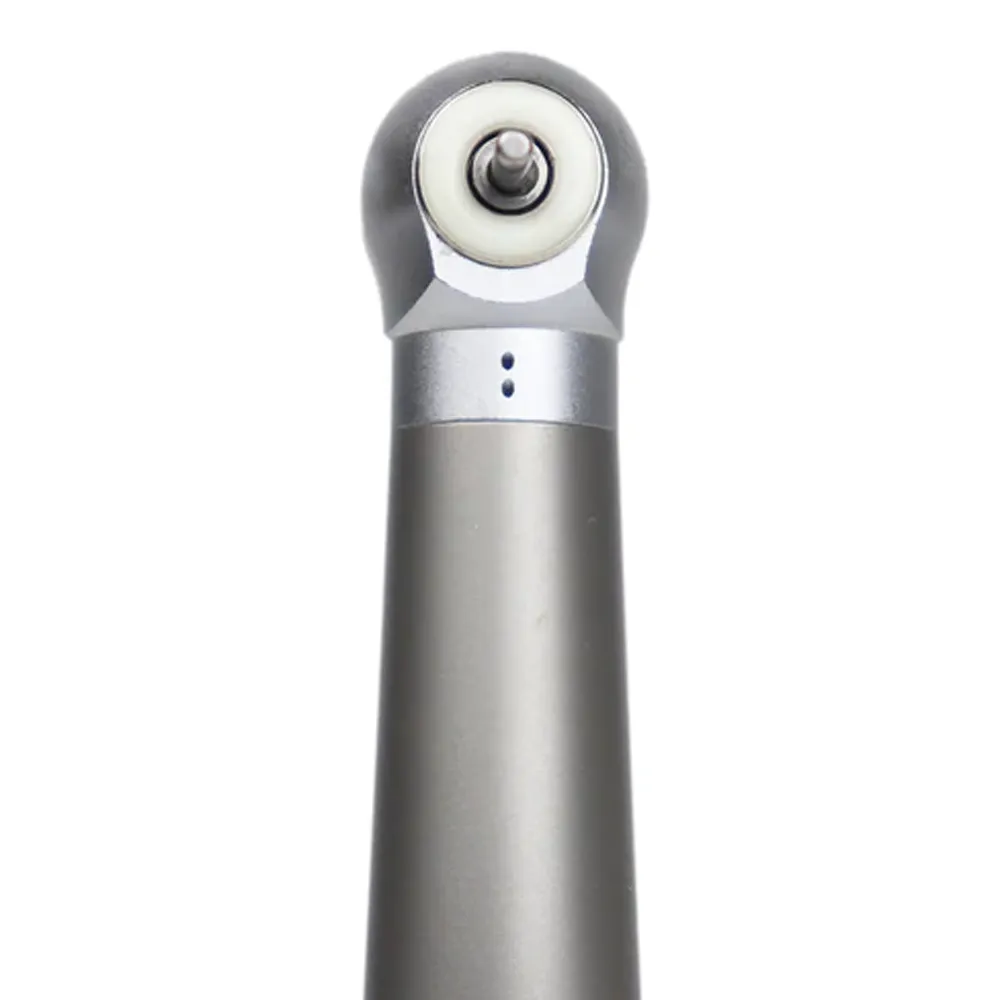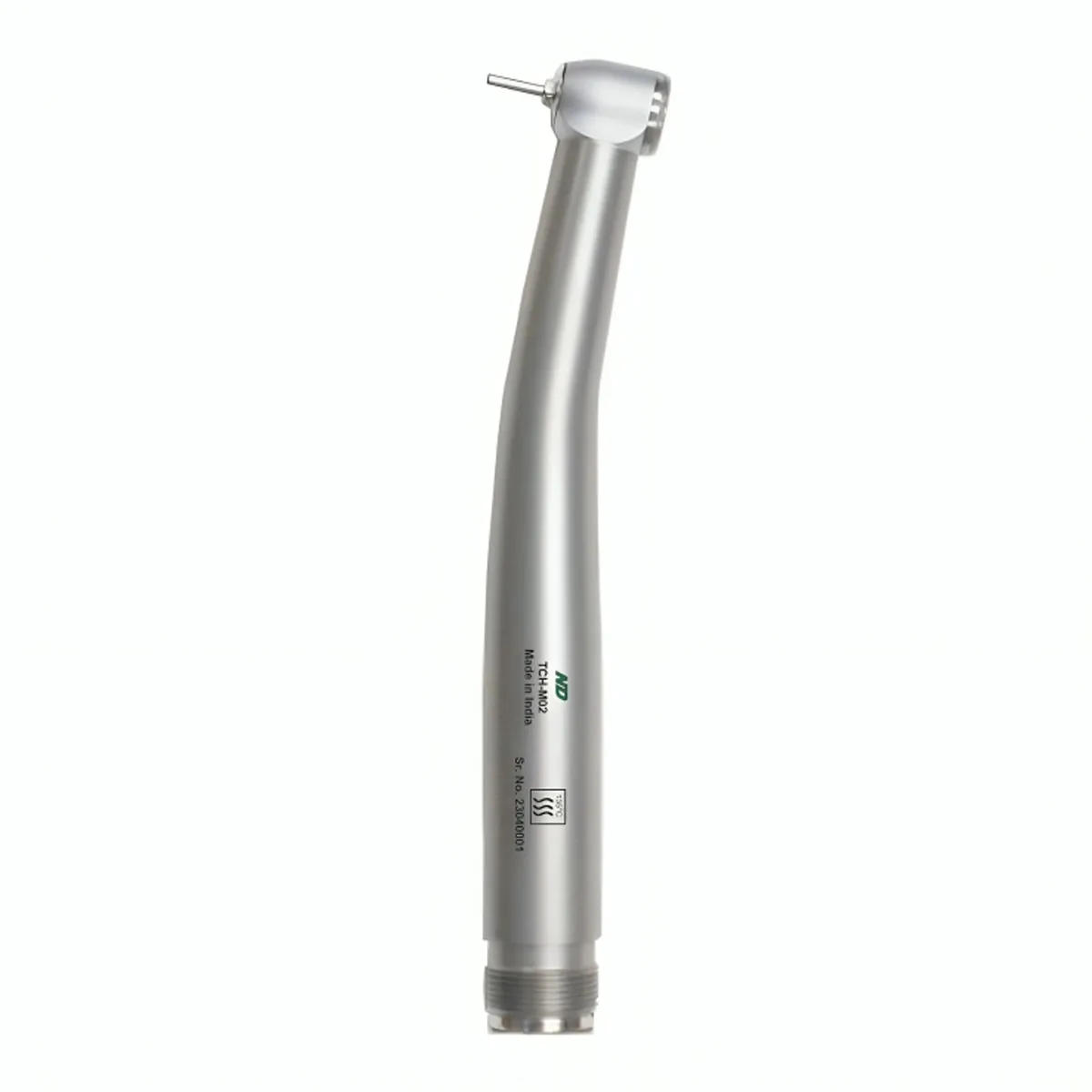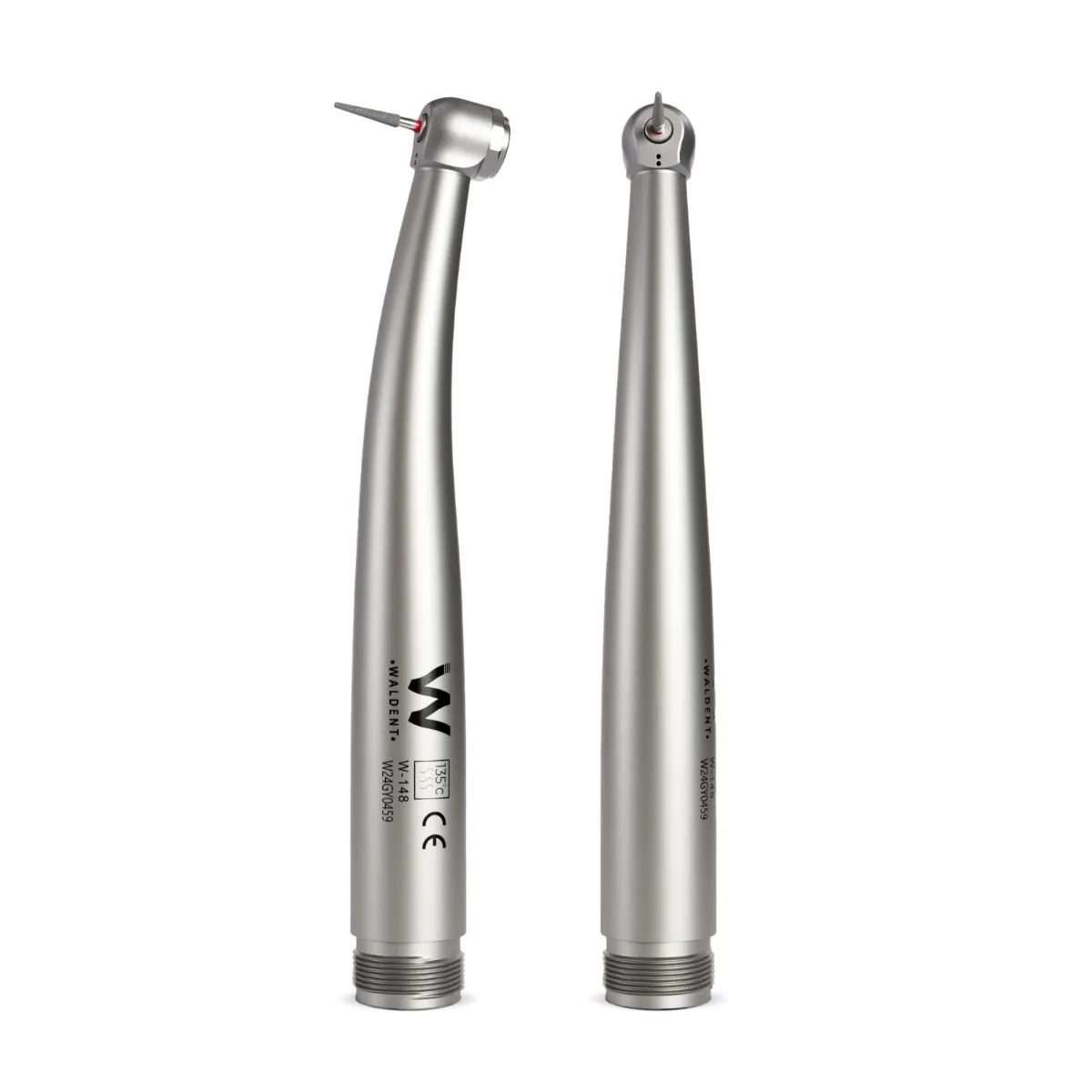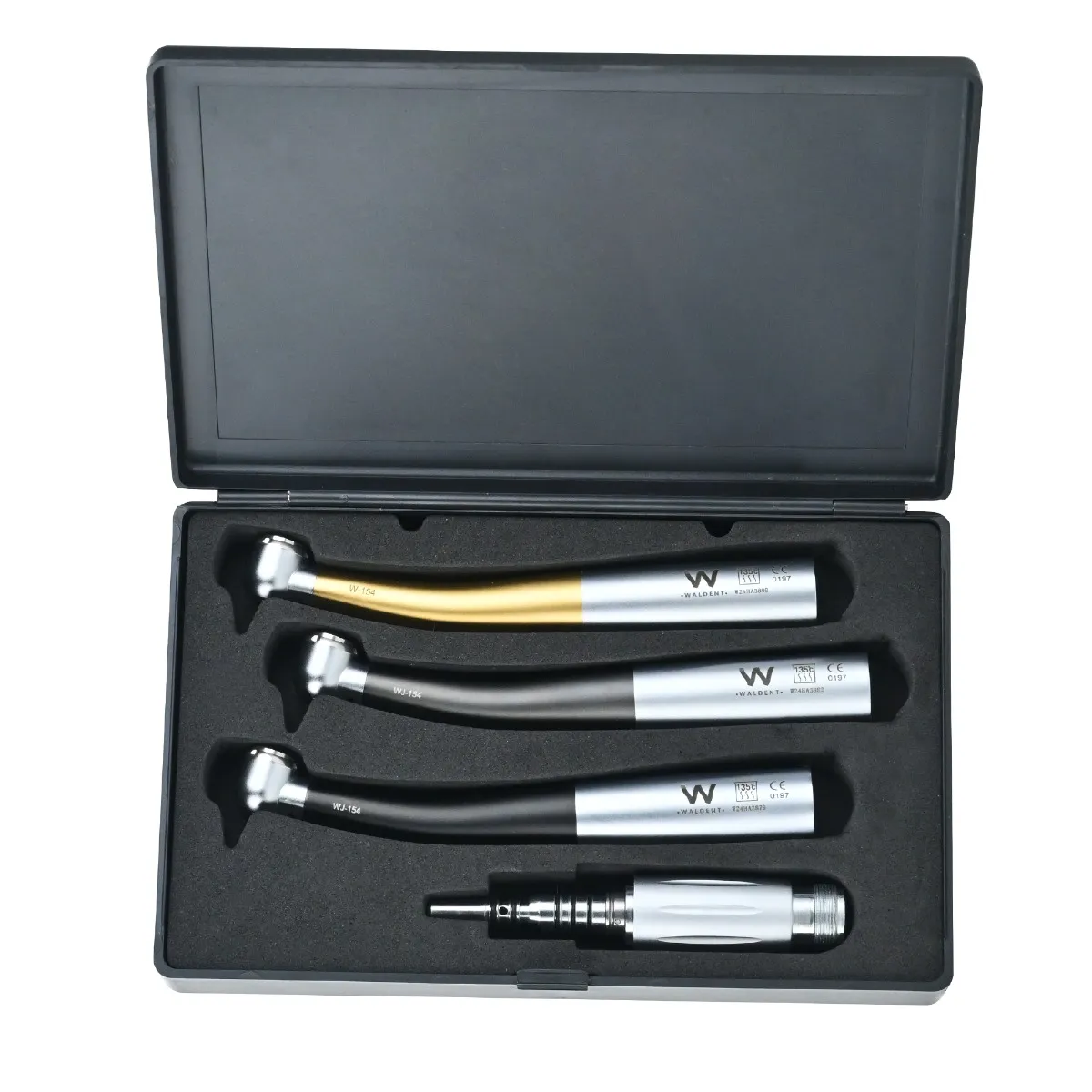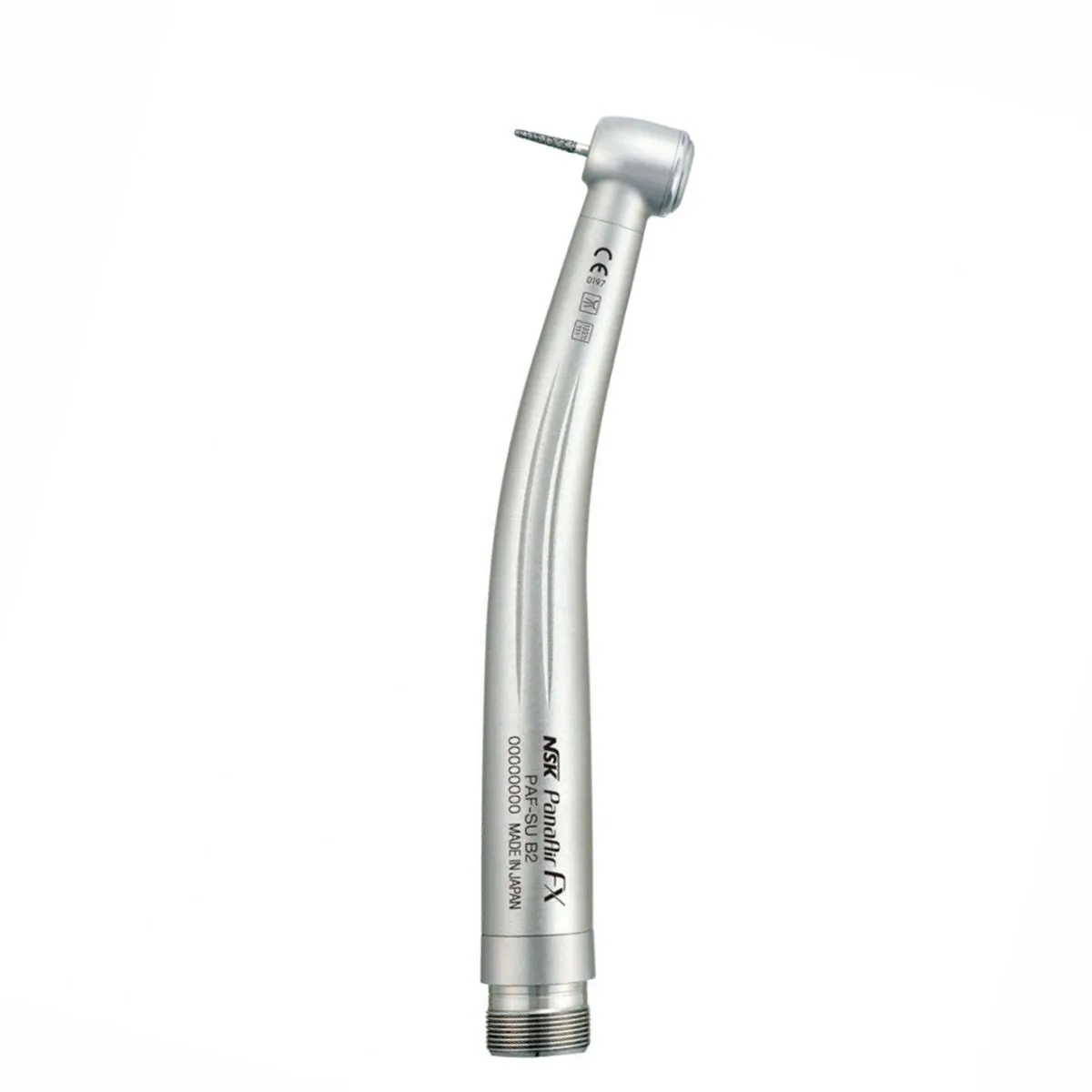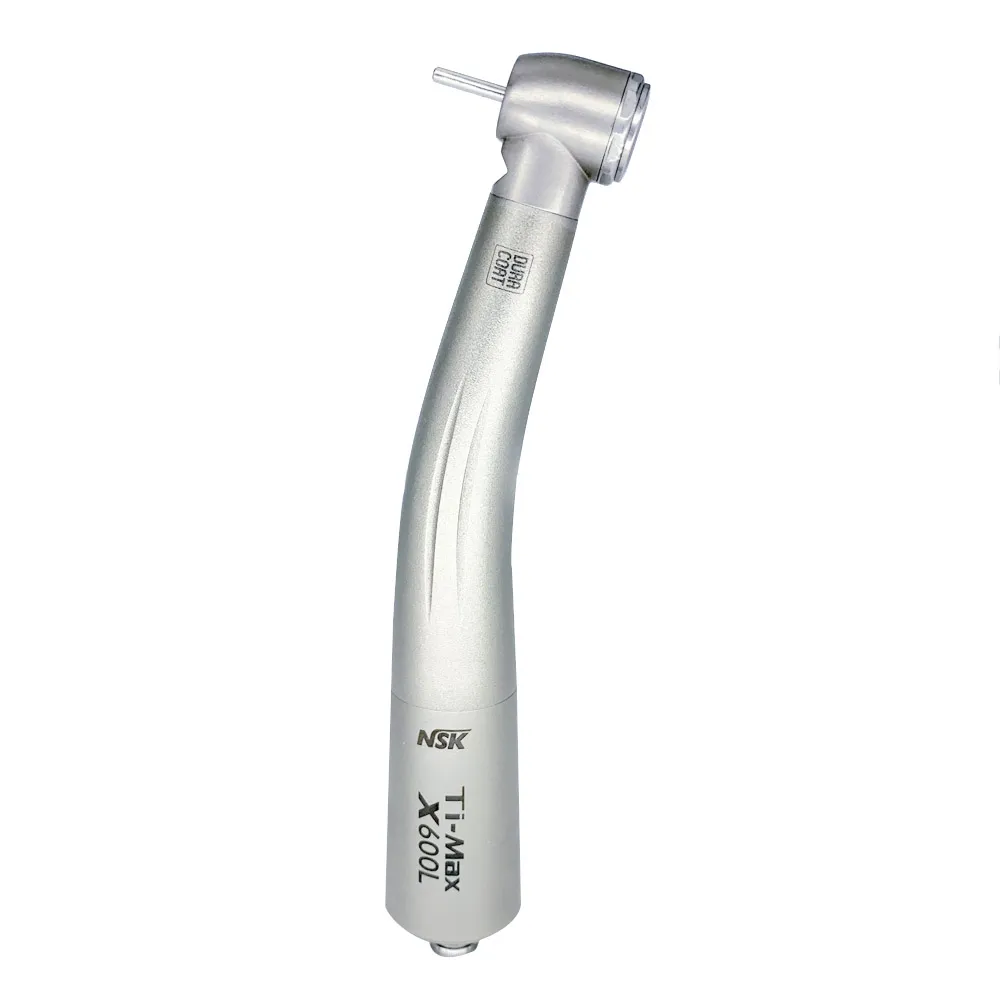Dentistry is a field where precision and efficiency are paramount. The ability to perform delicate procedures with accuracy and speed is crucial for delivering high-quality dental care. In this context, Airotors, also known as dental handpieces, play a pivotal role. These handheld, high-speed dental drills are powered by compressed air and are essential tools in modern dentistry.
Introduction to Airotors:
Airotors are versatile devices designed to rotate a cutting bur at high speeds, allowing dentists to perform a wide range of dental procedures with precision. Whether it's cavity preparation, tooth shaping, crown and bridge work, or other intricate tasks, Airotors are the go-to instruments in dental practices worldwide.
The name "Airotor" is derived from the combination of "air" and "rotor," signifying their mode of operation. Compressed air is used to rotate the bur at speeds that can reach up to 400,000 RPM (rotations per minute), making them powerful and efficient tools.
Types of Airotors Used in Dental Procedures:
Dental practices rely on various types of Airotors to meet their specific needs and preferences. Some common types include:
-
Standard Airotors: These are the traditional Airotors commonly used in dental practices. They are reliable and versatile, suitable for a wide range of dental procedures.
-
Super Torque Airotors: Super Torque Airotors are designed for high-speed, heavy-duty dental procedures that require extra power and torque. They are ideal for tasks like crown and bridge work or removing old restorations.
-
LED Airotors: LED Airotors come equipped with built-in LED (Light Emitting Diode) illumination. This provides better visibility in the oral cavity during procedures, enhancing precision and accuracy.
-
Non-LED Airotors: Non-LED Airotors do not have built-in LED lights. They are more basic in design and may be preferred for routine procedures where additional illumination is not necessary.
-
Push Button Airotors: Push button Airotors feature a convenient push-button mechanism for changing burs (drill bits). This design allows for quick and easy bur replacement during procedures.
-
Chuck Type Airotors: Chuck type Airotors use a chuck mechanism to hold the bur securely in place. They are known for their stability and are often favored for delicate tasks that require precision.
-
Mini Head Airotors: Mini head Airotors have a smaller head size, making them suitable for procedures where access to tight spaces is required. They are often used in pediatric dentistry and for endodontic work.
-
Disposable Airotors: Disposable Airotors are designed for single use and are typically used in situations where infection control and hygiene are of utmost importance.
-
Ergonomic Airotors: Ergonomic Airotors are designed with the comfort of the dentist in mind. They often feature ergonomic grips and lightweight construction to reduce hand fatigue during long procedures.
How to Use Airotors in Dental Procedures:
Using Airotors effectively in dental procedures involves several key steps to ensure precise and efficient performance:
-
Burr Attachment: Begin by selecting the appropriate burr (dental drill bit) for the specific procedure. Ensure that it is securely attached to the handpiece. The type of burr used depends on the task at hand, such as cutting, polishing, or shaping.
-
Adjust Air Pressure and Water Spray: Airotors typically feature controls for adjusting both the air pressure and water spray. Properly adjusting these settings is crucial for achieving the desired cutting efficiency and cooling effect during the procedure.
-
Grip and Activation: Hold the Airotor handpiece in a comfortable grip. The ergonomic design of modern Airotors ensures ease of handling during procedures. Activate the handpiece, and the burr will start rotating at high speeds.
-
Precision in Procedure: Perform the dental procedure with precision, applying gentle pressure as needed. The high-speed rotation of the burr allows for efficient material removal while minimizing discomfort for the patient.
-
Safety Measures: Dentists should always follow safety protocols during procedures, including the use of appropriate personal protective equipment (PPE) and ensuring the patient is properly shielded.
Maintenance of Airotors:
To ensure the longevity and optimal performance of Airotors, regular maintenance is essential. Here are some key maintenance considerations:
-
Cleaning and Sterilization: After each use, Airotors should be cleaned and sterilized following recommended protocols. This helps prevent the buildup of debris and ensures that the handpiece remains sterile for the next use.
-
Lubrication: Lubricating the bearings inside the handpiece is crucial to maintain smooth and efficient rotation. Dental professionals should use lubricants recommended by the manufacturer.
-
Replacement of Worn Parts: Over time, certain parts of the Airotor may wear out or become damaged. It's important to replace these parts promptly to avoid compromising performance.
-
Calibration and Testing: Regular calibration and testing of Airotors can identify any issues with speed or performance. This ensures that the handpiece operates within the specified parameters.
-
Manufacturer Guidelines: Dentists should always follow the maintenance and servicing guidelines provided by the manufacturer of the Airotor. These guidelines are specific to each brand and model.
Dentalkart's Wide Range of Airotors:
Dentalkart is a trusted source for a diverse range of Airotors from reputable brands. Our commitment to quality and variety has made us a preferred choice for dental professionals seeking precision tools. Explore our extensive collection of Airotors, including those from brands like Waldent, NSK, Apple, W&H, and many more.
About Dentalkart and Its Wide Range of Products:
Dentalkart is more than just a dental equipment supplier; it is a comprehensive platform offering a wide array of dental products to meet the needs of dental professionals. Our mission is to empower dental practitioners with the tools and equipment they require to provide top-quality care to their patients. Dentalkart is founded on principles of trust, reliability, and a commitment to excellence, making it a reliable partner for dental practices of all sizes.
Conclusion:
In conclusion, Airotors are indispensable instruments in modern dentistry, offering precision, speed, and efficiency in a wide range of dental procedures. Whether it's routine cavity preparation or complex crown and bridge work, Airotors enables dentists to deliver high-quality dental care. Dentalkart stands as a reliable source for precision Airotors and a comprehensive range of dental products, all backed by our dedication to quality and customer satisfaction. Choose Dentalkart for the tools you need to excel in your dental practice.
Q: What is an Airotor, and what is its primary function in dentistry?
A: An Airotor, also known as a dental handpiece, is a high-speed dental drill powered by compressed air. Its primary function in dentistry is to rotate a cutting bur at high speeds, allowing dentists to perform precise and efficient dental procedures, including cavity preparation, tooth shaping, and restorative work.
Q: What are the different types of Airotors available for dental procedures?
A: There are several types of Airotors available, including standard Airotors, super torque Airotors, LED Airotors, non-LED Airotors, push button Airotors, chuck type Airotors, fiber optic Airotors, mini head Airotors, quiet Airotors, high-speed Airotors, low-speed Airotors, titanium Airotors, disposable Airotors, ergonomic Airotors, and miniature Airotors. Each type is designed for specific dental tasks and preferences.
Q: Are there disposable Airotors available, and when should they be used?
A: Yes, disposable Airotors are available and are intended for single-use applications. They are commonly used in situations where infection control and hygiene are paramount to prevent cross-contamination between patients.
Q: Are there maintenance requirements for Airotors, and how should they be maintained?
A: Yes, Airotors require regular maintenance to ensure optimal performance and longevity. Maintenance includes cleaning and sterilization, lubrication of bearings, replacement of worn parts, and calibration.
Q: What is the advantage of using LED Airotors in dental procedures?
A: LED Airotors are equipped with built-in LED illumination, providing better visibility in the oral cavity during procedures. This enhanced visibility improves precision and accuracy, making them particularly useful for restorative and cosmetic dental work.
















